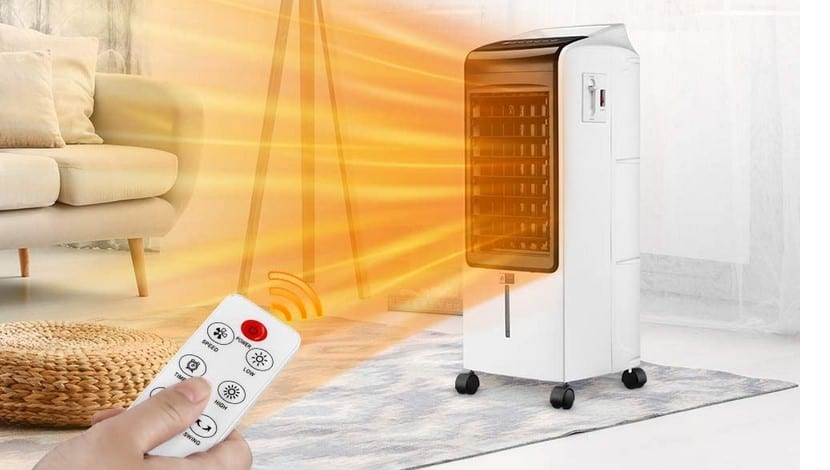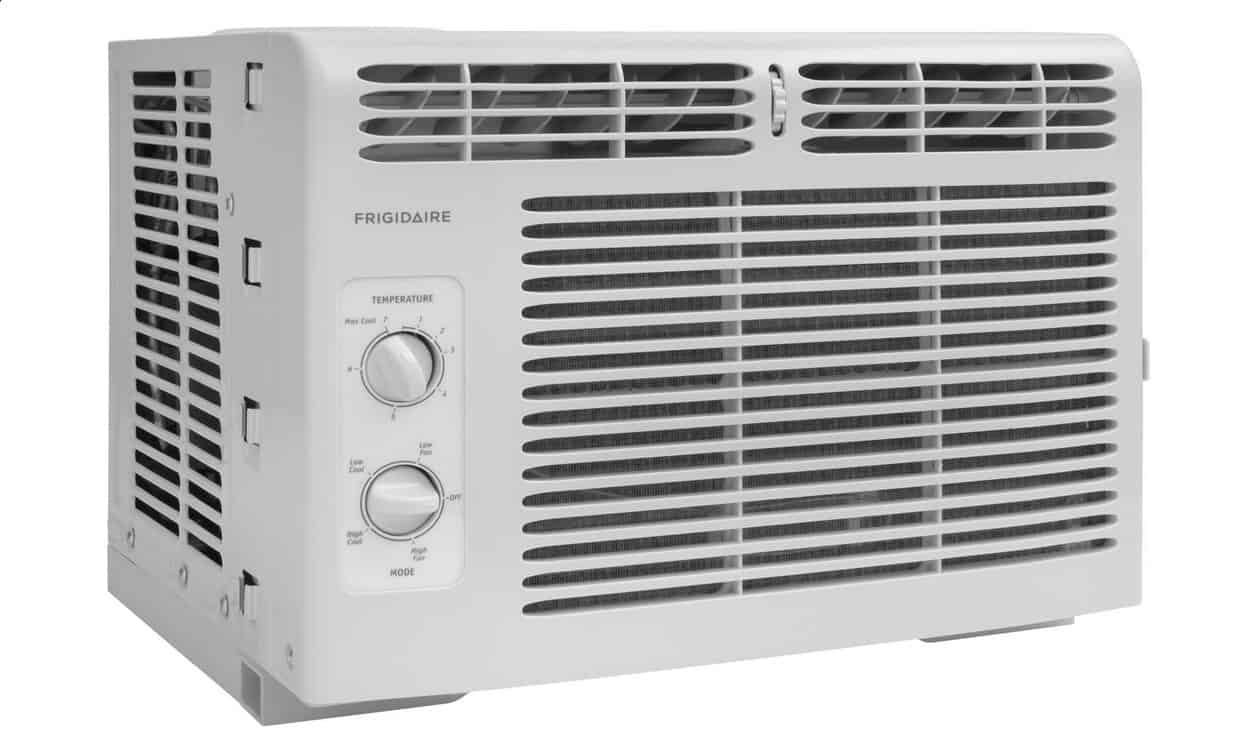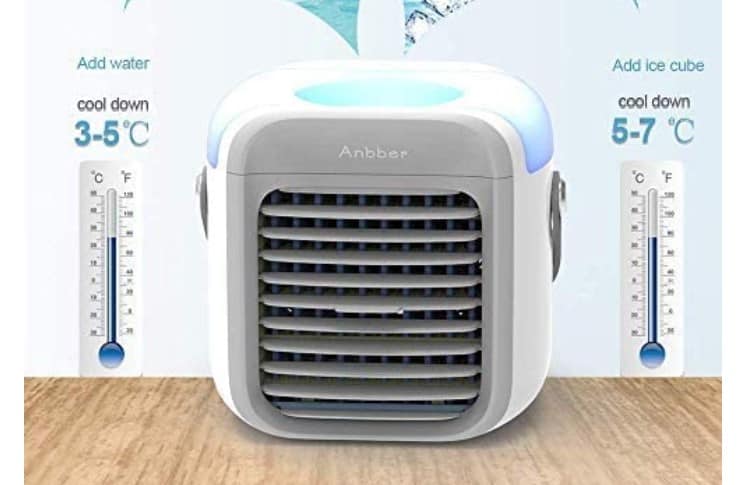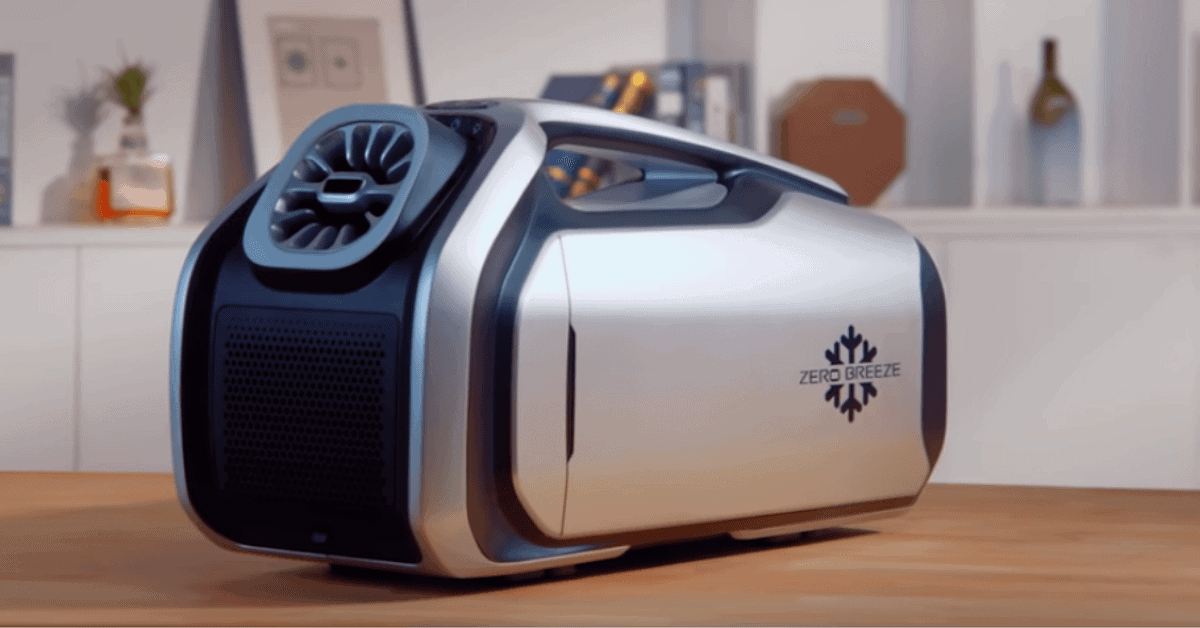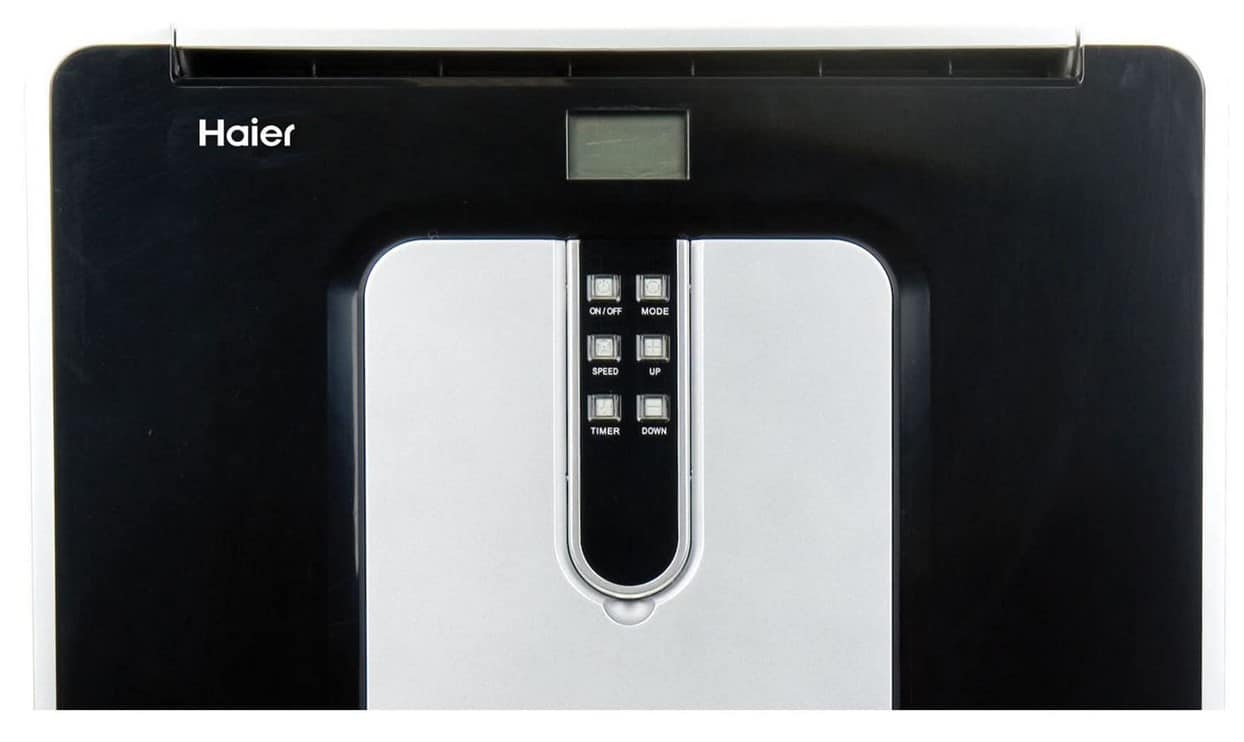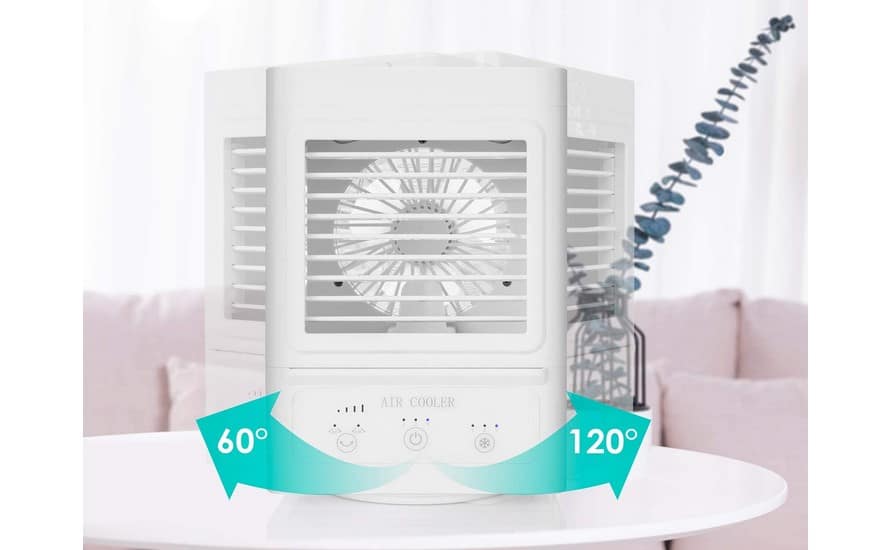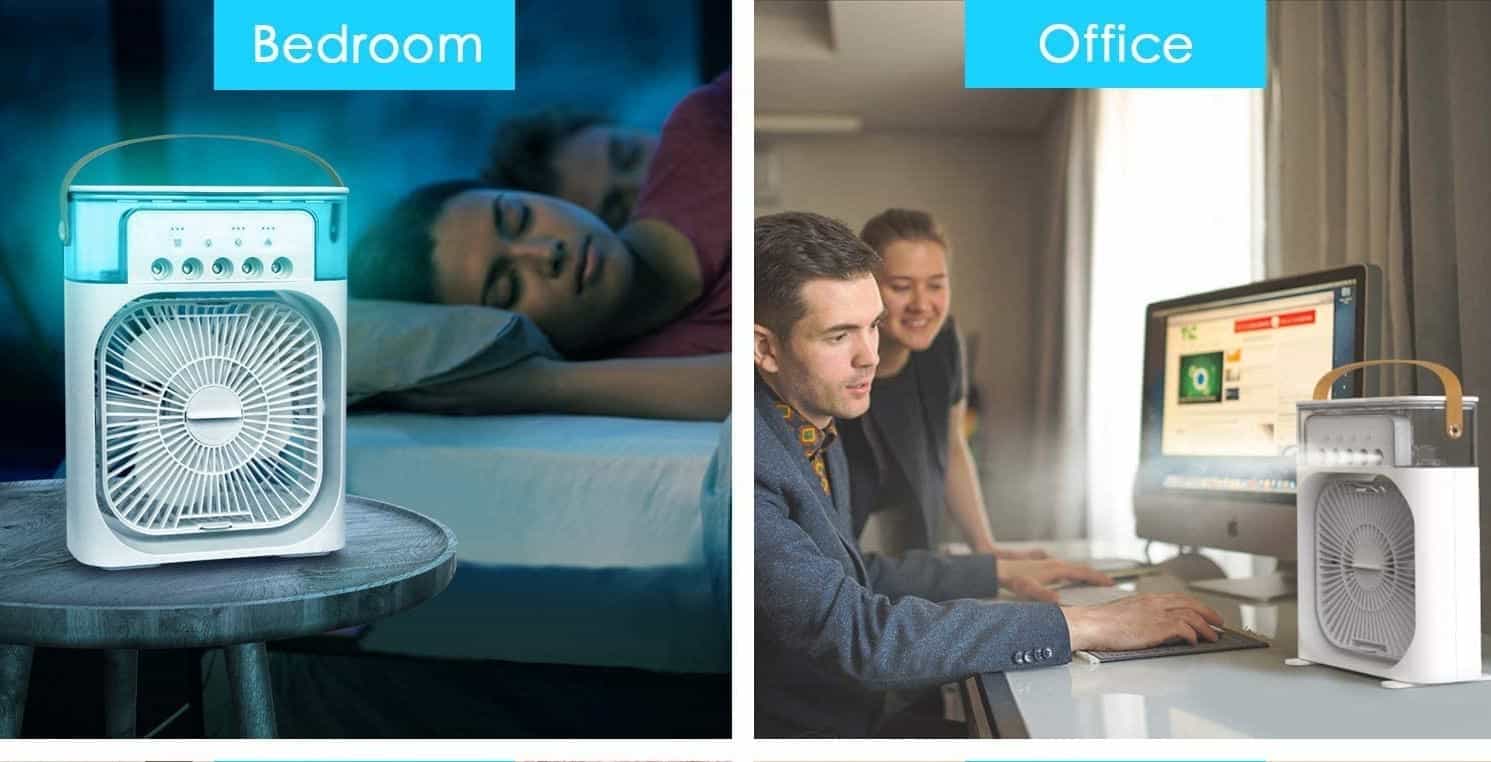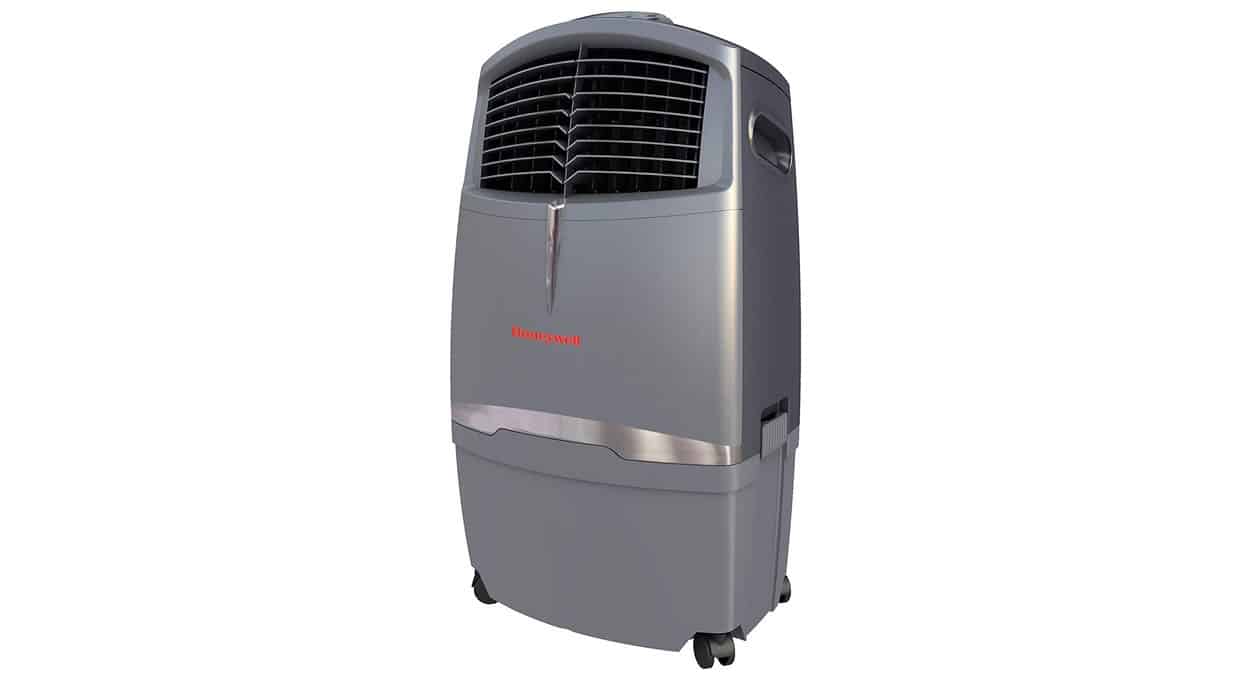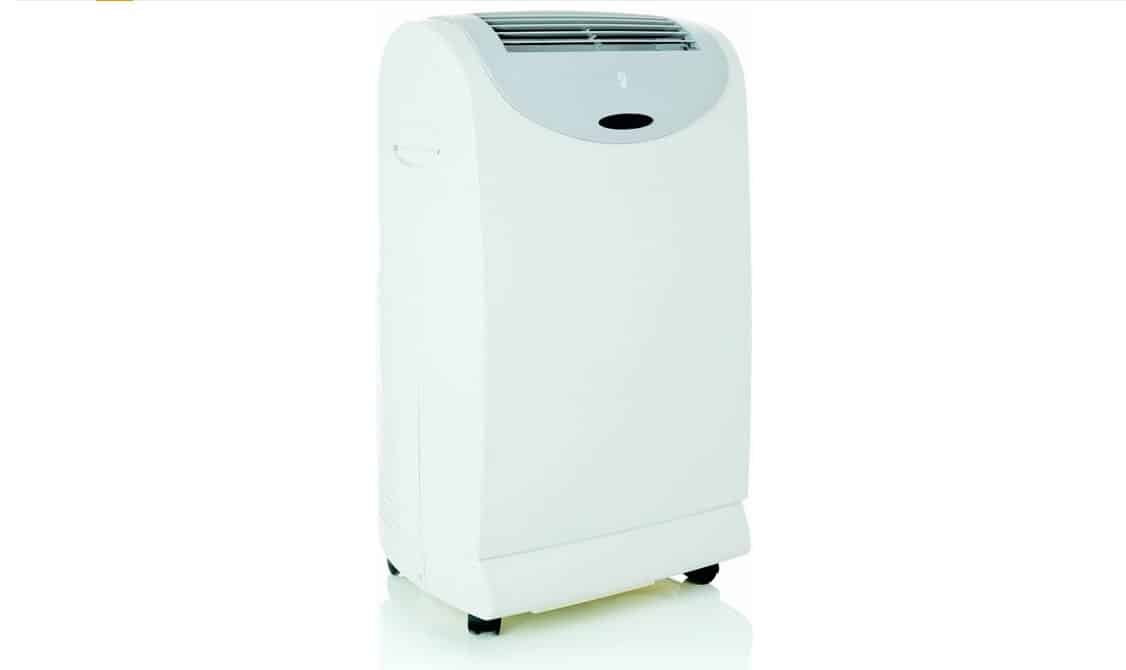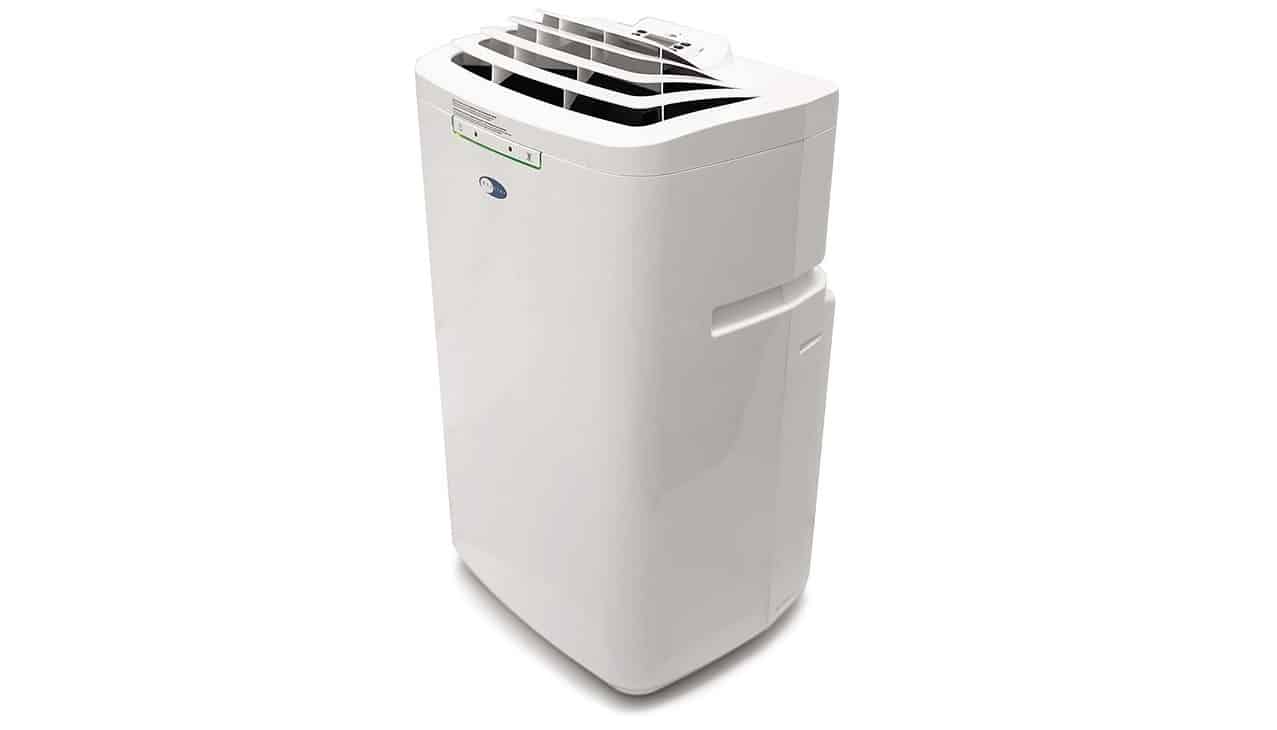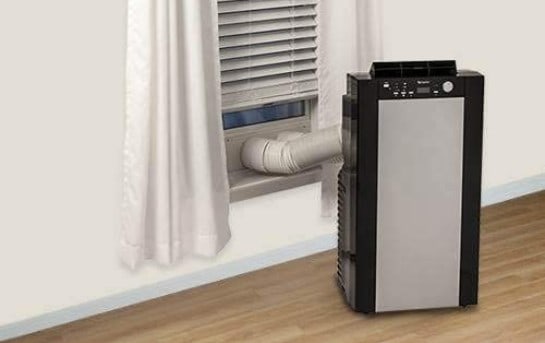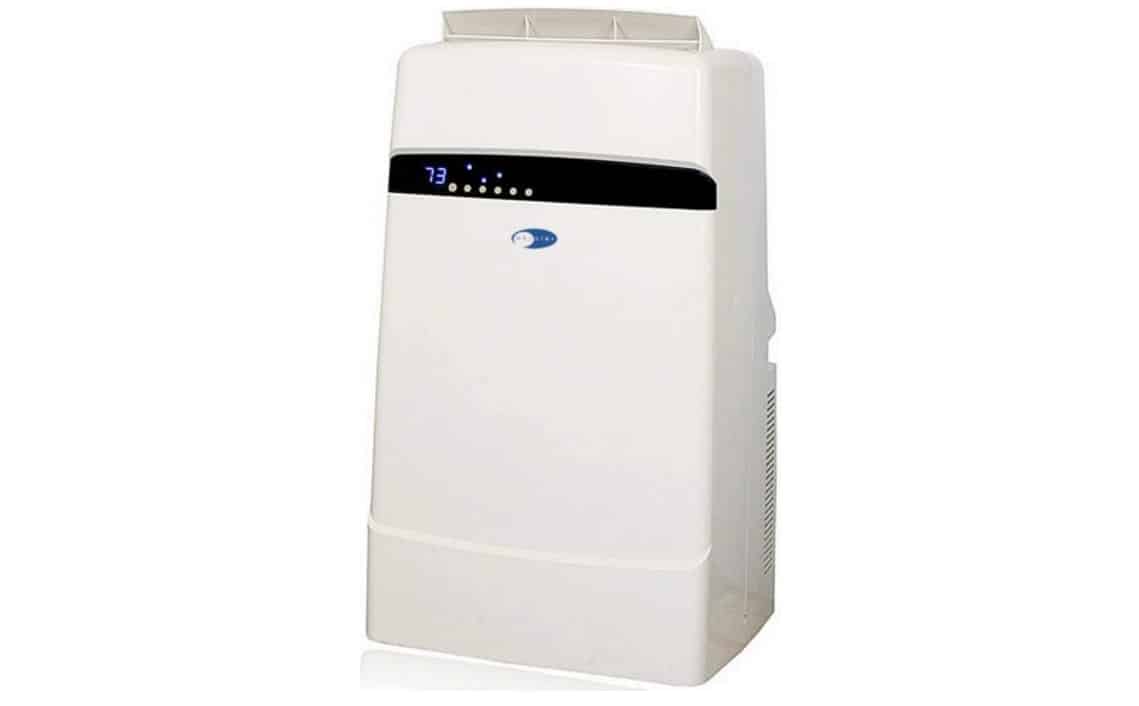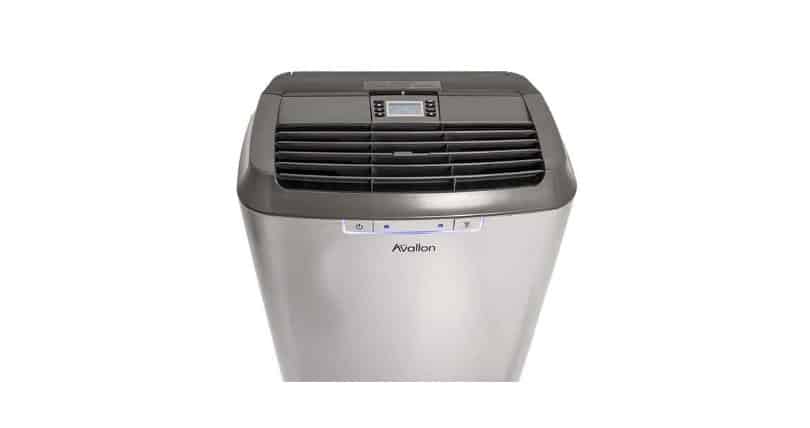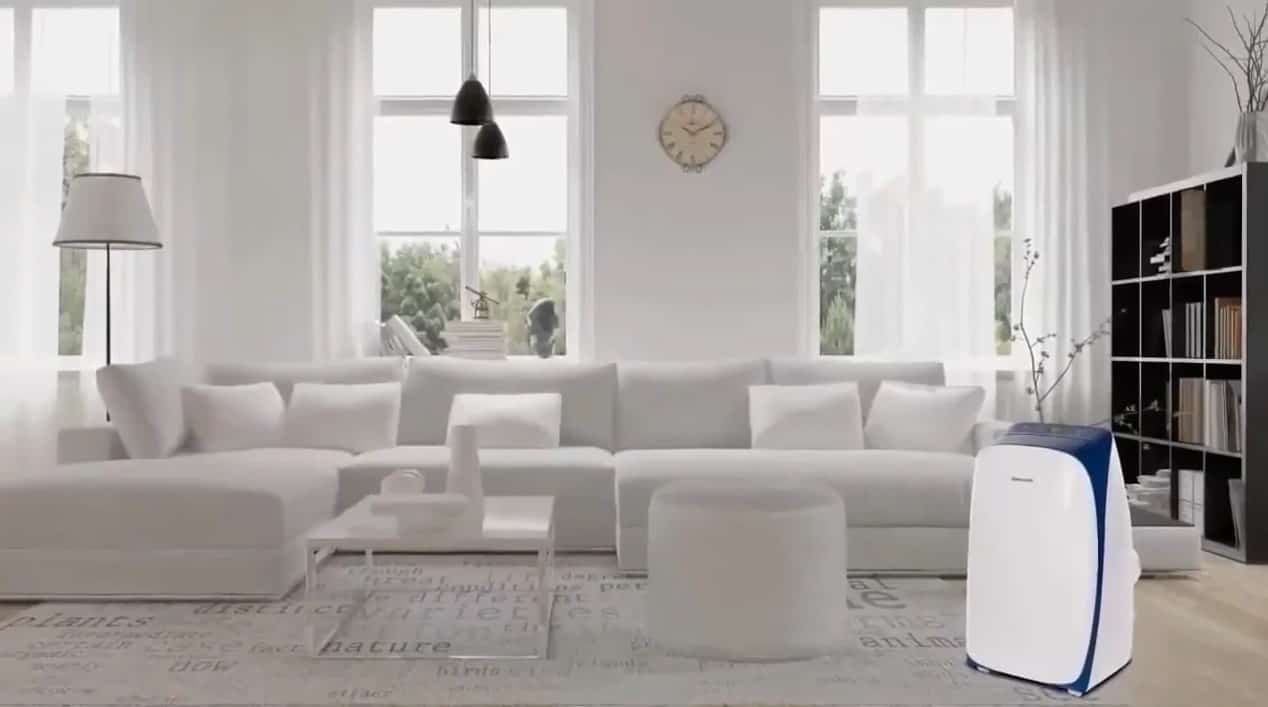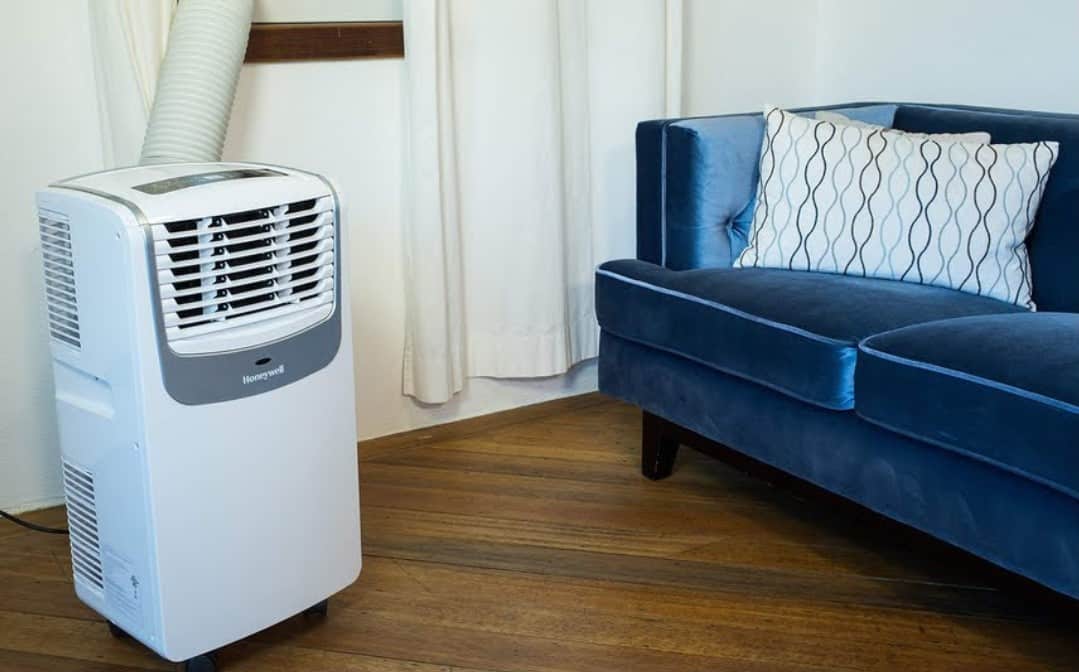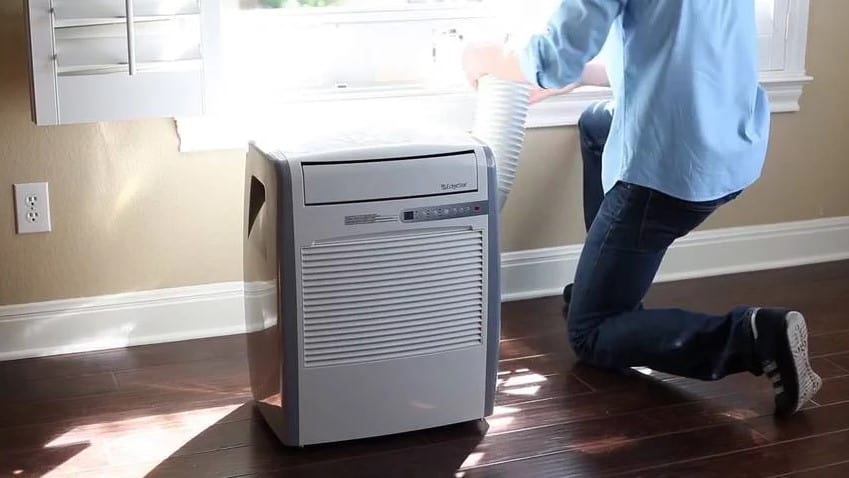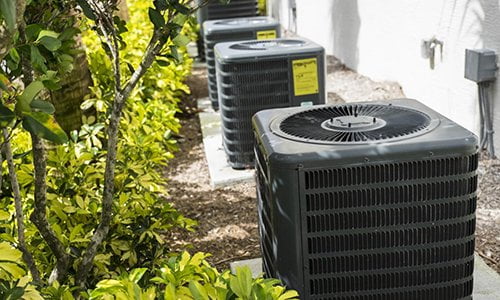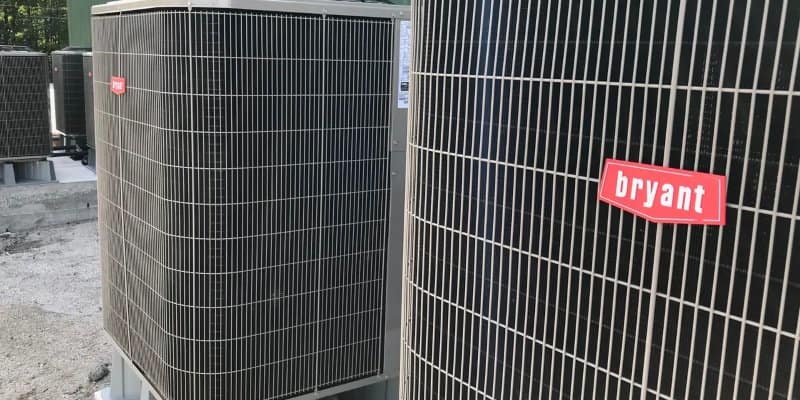If you’re shopping for the best central air conditioner you’ll need to pay attention to BTUs, energy efficiency, single- vs. double-speed, and programmability. When choosing a central air conditioner, you always need to find a unit with a BTU rating that’s compatible with the square footage of your home. Next, you’ll want to think about the energy efficiency rating which is usually listed in SEER or EER — although picking an Energy Star certified appliance is always a smart choice. Single and double-speed can also impact how effectively your unit can use the power which translates to potentially lower energy bills. And finally, programmability such as WiFi support can give you the controls to manage your home’s indoor climate even when you’re not home.
After conducting countless research through thousands of customer reviews, we selected the Carrier Infinity 21 central air conditioner as our Top Pick. Keep reading to learn more about our top picks, shop from our recommendations, and understand our selection criteria for identifying the best air conditioners for you.
Top 10 Best Central Air Conditioners
#1 Carrier Infinity 21 Central Air Conditioner
Award: TOP PICK
WHY WE LIKE IT: The best central air conditioner with a high energy efficiency rating of up to 26 SEER, with a quiet operation and a dehumidification mode.
- Impressive 26 SEER rating
- Features a humidity removal system
- Includes a silencer to reduce noise to 51 dB
- Buyers in coastal regions may need to upgrade for a more durable exterior
Carrier is one of the best air conditioner brands in the world and for good reason, they make heating and cooling appliances that work. Their Infinity 21 central air conditioner is our Top Pick and we believe the best central air conditioner from our research. And, that includes details on the air exchanger on an air conditioner. It has one of the highest energy ratings we’ve seen at 26 SEER when the scale for central AC units is from 13 to 27. We also like that this Carrier AC unit is available in variable speed rotary, variable speed, two-stage, and single-stage scroll compressors which improves the efficiency of your unit based on the total square footage to be cooled and where in the country you live.
The Carrier air conditioner is also one of the quietest options we’ve seen with a low 51-decibel sound output in the lowest setting. You’ll also get an intuitive Greenspeed intelligence system that automatically adjusts the temperature or fan settings based on room conditions for improved efficiency. While this model is made with a galvanized steel cabinet with baked-on powder paint, people who live in coastal regions may need to purchase an upgraded model with a more durable exterior. Other nice features include a humidity management system and compatibility with Carrier’s WiFi-enabled thermostat that can be integrated into smart assistants for truly remote management even when you’re not home. Also, don’t forget to check out the best through-the-wall air conditioner for more versatility in your home.
#2 Amana ASX14 Central Air Conditioner
Award: HONORABLE MENTION
WHY WE LIKE IT: The best air conditioner with a single-speed condenser that can perform self-diagnostics and sound dampening for quieter performance.
- Proactive self-diagnostic support
- Durable construction with sound dampening
- Single-speed condenser motor fan
- Lower SEER of 15
The key to ensuring that your air conditioning system lasts is to perform routine maintenance. But with so many other things that you need to focus on, it’s understandable that you might forget to think about calling your HVAC contractor for scheduled maintenance. We like the Amana ASX14 AC because it has self-diagnostic capabilities, known as CoreSense, which makes it one of the best air conditioners. This means that it can alert you when maintenance is needed and even proactively shut down the system if it detects potential risks that could damage the compressor.
This model is a single-speed condenser, which means that it runs at full power whenever it’s turned on. Still, we like that this model also offers durable construction thanks to the heavy-gauge galvanized steel enclosure and quiet operation thanks to sound dampening. Also, note that the Amana ASX14 unit has a lower SEER at just 15. While this is still considered efficient, people who plan to run their air conditioners frequently or who live in hotter climates might want to look elsewhere. In which case, any one of the best portable air conditioners and heaters may be suitable. Although, if it’s too loud, you’ll need to know how to make a portable air conditioner quieter.
Related: Consider the best dual hose portable air conditioner with a high CFM rating.
#3 Goodman GSXC18 Split Central Air Conditioner
Award: BEST QUALITY
WHY WE LIKE IT: An energy-efficient split two-stage compressor air conditioner that can cool homes up to 1,500 square feet and that supports remote management thanks to WiFi connectivity.
- Energy Star certified with 19 SEER
- Two-stage compressor
- Cooling capacity of up to 23,400 BTUs
- Installation instructions for thermostat may be difficult to follow
People often ask which brand of an air conditioner is the best for their home. And while there are obvious answers like Carrier or a Trane central air conditioner, there are a lot of factors to consider such as BTU capacity, ease of installation, and additional features like programmability or dehumidification. The Goodman GSXC18 is a split central air conditioner with a commendable energy efficiency rating at 19 SEER. It’s a great HVAC solution that relies on ComfortBridge Technology to create a more intuitive climate control solution.
We like that this model has a two-stage scroll compressor and a two-speed ECM condenser. Because it relies on ComfortBridge Technology, the intuitive system can engage in self-diagnostics and is also designed with WiFi support so that you can remotely manage your heating or cooling settings from anywhere. You’ll also like that this pick comes with filter driers to remove moisture and improve air quality. Plus there’s a high-density foam compressor blanket to help reduce noise. You may also want to integrate your AC unit into a smart home system with the best ductless mini-split air conditioner.
#4 Goodman GSX13 Central Air Conditioner
Award: BEST FOR SMALL HOMES
WHY WE LIKE IT: A split central air conditioner with a filter-drier for better air quality and 19,000 BTUs makes it one of the best HVAC systems for smaller homes.
- 19,000 BTUs for up to 1,100 sq. ft.
- Energy-efficient single-stage compressor
- Filter-drier for moisture and contaminant removal from the air
- Low 14 SEER
If you have a smaller home, a large air conditioner with a high BTU rating is unnecessary. The Goodman GSX13 is a great solution for homes that are up to 1,100 square feet. We think it’s one of the best HVAC systems for smaller homes. It features an energy-efficient compressor with a single-speed permanent split capacitor condenser meaning that it can be used to effectively manage heating and cooling needs.
As is customary with Goodman air conditioners, this model includes a filter-drier that helps to remove excess humidity from the air and remove contaminants for better air quality. However, we did note that while this is billed as an energy-efficient unit, it has a lower 14 SEER rating. For a unit with a better energy efficiency score, have a look at the best LG air conditioners.
#5 Amana ASXC18 Central Air Conditioner
Award: BEST INTUITIVE OPERATION
WHY WE LIKE IT: A smartly designed two-stage compressor split air conditioner that is designed to intuitively adjust settings based on ambient room conditions to improve energy efficiency.
- Innovative self-regulating temperature adjustments
- Up to 19 SEER
- Two-stage compressor
- Noisier output at 70 decibels in lowest setting
For people with larger homes in the 2,000 to 2,800 square feet range, the Amana ASXC18 split air conditioner is a great choice. With a range from 24,000 to 60,000 BTUs depending on the specific sub-model you select, there’s plenty of power to keep you cool in the summer. This is a high-efficiency Energy Star two-stage compressor air conditioner for true energy efficiency.
We like that you’ll get a 19 SEER rating. While that’s not the highest rating this appliance could have, that puts this pick in the median range for energy efficiency. Thanks to the ComfortBridge Technology integration, this Amana pick can also self-regulate and perform diagnostics. Self-regulation ensures that your unit isn’t wasting energy by blowing air too forcefully based on ambient temperatures. You’ll also get WiFi connectivity so that you can remotely manage your home’s indoor climate either through smart assistant integration or with their proprietary CoolCloud phone and tablet app. It could be a contender for our leading WiFi smart air conditioner list. And in case you’re planning a camping trip, you should take a peek at the best portable AC for camping that will keep you cool in your tent or cabin.
#6 Bryant Preferred 2-Stage Central Air Conditioner
Award: BEST FOR SMART HOMES
WHY WE LIKE IT: A two-stage compressor central air conditioner with a 17 SEER that’s WiFi compatible and can provide automatic maintenance reminders makes this one of the most efficient central air conditioners.
- Wi-Fi compatible thermostat
- Two-stage compressor
- Includes a dehumidification setting
- Louder noise output at 72 dB
- Not available for people in the Southeast or Southwest
If you have a smart home and you love the idea of integrating all of your critical appliances through a smart assistant, then the Bryant Preferred 2-Stage central air conditioner is a good pick. We think it’s one of the most efficient central air conditioners that we’ve found through our research. However, it’s important to note that while this is billed as an energy-efficient AC unit, it’s not eligible for installation in the Southwest or Southeastern United States.
You’ll get a 17 SEER which is in the median range for energy efficiency. This is a two-stage unit that helps to conserve power consumption. There’s also summer dehumidification and a filter-drier for improved air quality. Best of all, we like that this is an intuitive model that alerts you when maintenance is needed or when service is required. And thanks to the WiFi-enabled thermostat, you can control your home’s climate from anywhere in the world. Compare this to the best evaporative air conditioner for indoor, outdoor, and covered outdoor use.
#7 Goodman GSX160361 Central Air Conditioner
Award: BEST ON A BUDGET
WHY WE LIKE IT: A two-stage split air conditioner that’s perfect for medium-sized homes that supports WiFi connectivity and provides a self-diagnostic feature for increased energy efficiency.
- Ideal for 1,350 to 1,650 sq. ft.
- Two-stage compressor
- Supports WiFi connectivity
- Lower 16 SEER
Owners of medium-sized homes will appreciate that the GSX160361 from Goodman is a budget-friendly solution to keep their homes comfortable in warmer weather. This 23,400 BTU-rated unit is ideal for homes ranging from 1,350 to 1,650 square feet. The efficient two-stage compressor helps to reduce energy consumption by running at either 65 or 100% capacity depending on the heating or cooling demand.
While this is an Energy Star-approved appliance, it does have a lower rating at just 16 SEER. still, you’ll get the ControlBridge Technology integration which means that your unit can manage self-diagnostics and can be connected via WiFi for remote climate management. This model, as is common with Goodman air conditioners, also has a high-density foam compressor sound blanket to help reduce noise when the unit is on. Sound output and white noise function are worth thinking about especially when installing the best tower air conditioner in your bedroom.
#8 Bryant Legacy Line Central Air Conditioner
Award: BEST FOR NORTHERN STATES
WHY WE LIKE IT: A single-stage compressor, Wi-Fi-compatible air conditioner that is designed to automatically notify you when maintenance is needed and is ideal for homeowners in the north.
- Single-stage compressor
- WiFi compatible thermostat for smart assistant integration
- Automatic maintenance reminders and service alerts
- Lower SEER of 16
- Higher noise output of 72 dB
The Bryant Legacy Line air conditioner is a single-stage unit. While it’s an Energy Star appliance, the single-stage compressor, along with a lower 16 SEER energy rating means that this model isn’t ideal for people in the Southeast or Southwest and most likely wouldn’t be approved for installation by a professional contractor. But for people in the Northeast, Midwest, or Northwest, this is a great solution since prolonged use during extremely hot weather is less likely.
Still, we like that this top brand model comes with features that are fairly standard for Bryant air conditioners. This includes a smart appliance that can send you automatic maintenance reminders and service alerts. You can also choose to rely on WiFi for remote control of your home’s indoor climate. However, if you’re looking for a quiet appliance, the lowest output for this Bryant unit is 72 decibels which put it in the louder range when compared with other units. And if you’re looking for a unit that prioritizes the BTUs and energy efficiency rating, then have a look at the best window air conditioner.
#9 Coleman 46515-811 Central Air Conditioner
We’re sorry, this product is temporarily out of stock
Award: BEST FOR RVS
WHY WE LIKE IT: A great RV air conditioner with supplemental heat that can keep spaces as large as 1,500 square feet cool thanks to the 24,000 BTU rating.
- 24,000 BTUs
- Heat pump supports supplemental heating needs
- Two compressors
- Doesn’t come with additional components needed for installation
While most people think of central air conditioning as something that you have in homes or commercial buildings, it can also be used for RVs. The Coleman 46515-811 is a central air conditioner with a heat pump, which means that it can also provide supplemental heat. It offers 24,000 BTUs and can cool or heat spaces up to 1,500 square feet.
While this unit is great for keeping you cool while you’re on the go, keep in mind that you’ll need to buy all the other additional components separately before you install this air conditioner in your RV. Still, the two compressors mean that it works more efficiently. In more moderate conditions it will operate on one compressor and then cycle the additional compressor on when necessary. If you’re looking for a portable evaporative air cooler for the summer, have a look at the best outdoor air conditioner. And, for a quiet portable air conditioner, you’ll need something more.
#10 Goodman GSX140241 Central Air Conditioner
Award: BEST FOR BUNGALOWS
WHY WE LIKE IT: A single-speed split central air conditioner with 18,000 BTUs of power that’s ideal for Bungalows, she-sheds, and backyard studios that is Energy Star approved.
- 18,000 BTUs is decent
- Filter-drier to remove moisture and contaminants from the air
- Split system
- Cannot be installed in California, Nevada, New Mexico, or Arizona
- Low 14 SEER
- Lacks WiFi support
If you have a small space that you want to keep cool, the Goodman GSX140241 is a great solution. This single-speed split system is designed to work efficiently and is an Energy Star-approved appliance. You’ll get 18,000 BTUs which is rated for spaces as large as 1,500 square feet.
While this unit lacks some of the cool features that you normally see with other Goodman air conditioners, we like that you get the filter-drier to help remove moisture and contaminants from the air for better air quality. However, this does have a lower SEER of just 14 and is not compatible with WiFi support as is seen in other Goodman air conditioners.
Related: The best air conditioner for sliding windows will have a better efficiency rating as well as portability.
How We Decided
A central air conditioner is a great investment that not only makes your home more comfortable in the summer but can increase your home’s value if you decide to sell it. To create our guide we focused on the following key features — BTU rating, energy efficiency, single- vs. double-speed, programmable thermostats, additional features, and installation. Note that all of our picks feature warranties that only apply if you get the units professionally installed.
In our guide, we featured several units from well-known air conditioner manufacturers that can be purchased in a variety of BTUs. However, when we did feature a specific model that was only available in one BTU size, we included those details as well as the compatible square footage that the unit could heat or cool.
Energy efficiency is important because it impacts how effectively an air conditioner consumes power and directly translates to higher or lower utility bills. You’ll see in our guide that energy ratings can vary widely with some as low as 14 SEER and some as impressive as 26 SEER. Likewise, we also paid attention to whether a unit was a single- or double-speed system. This is critical as being able to work at half power can help to reduce energy consumption — which translates to lower energy bills.
Programmable thermostats or WiFi connectivity tends to be fairly standard these days. However, it’s important to note that usually, the thermostat must be purchased separately from the actual air conditioner unit. Still, having this functionality can be nice since it gives you the freedom to program and manage your home’s heating or cooling temperatures remotely.
An additional feature that we found important was dehumidification. With this mode, you can make your home’s indoor climate more comfortable by removing moisture from the air. But we also took note of air conditioners that featured self-diagnostic capabilities or sent homeowners reminders for maintenance and service alerts.
Best Central Air Conditioner Buyer’s Guide
The Most Important Features to Consider
- BTU Rating
The BTUs stand for British Thermal Units and just like with top portable air conditioners or window AC units, it represents how much space or square footage an air conditioner can effectively cool. You’ll need to know your home’s square footage, and compare it against the compatible square footage listed with the BTU rating. For people that are replacing existing systems, keep in mind that if you’ve upgraded other aspects of your home such as additional insulation or had your attic sealed, then you may not need as powerful a system. - Energy Efficiency
No one wants an air conditioner that drains their electrical wiring so badly that it causes extreme spikes in energy consumption every time you turn on the unit. To avoid sticker shock every time you open your electric bill, look for energy-efficient models. Specifically, you’ll need to focus on the seasonal energy efficiency ratio, which is also known as the SEER. For central air conditioners, you should look for models that have higher SEER ratings of 15 or better. A 13 SEER rating is the lowest rating with the worst efficiency. The higher the rating, the more energy-efficient the unit and the lower your energy costs will be. - Single- vs. Double-Speed
If you’re focused on energy efficiency, you should also pay attention to whether an air conditioner is a single- or double-speed unit. Note that sometimes this is also listed as single- and double-stage. This refers to whether a unit can cycle through different speed settings. A single-speed AC unit can only run at one speed, which is less efficient. In contrast, a double-speed or two-speed unit will work at roughly half power at a lower speed and full power at a higher speed which is more energy-efficient. - Programmable Thermostats
Along with the SEER rating, you’ll want to think about additional key features like a programmable thermostat. This important feature allows you to reduce power consumption during times when no one’s home, so that you’re not excessively cooling an empty home. Using a programmable thermostat can reduce your overall cooling costs by as much as 10 percent. - Additional Features
While not essential to the core function of a central air conditioner, additional features can make it more intuitive. For example, a WiFi-compatible thermostat can make managing temperatures and programming your air conditioner significantly easier since it can be done remotely. - Installation
While most people opt to have a central air conditioner installed professionally, some people may choose to install one independently. However, if you’re not great with tools, or are unsure of the installation process, we strongly recommend that you hire a professional HVAC contractor. Also, keep in mind that installing a central air conditioner by yourself can void your warranty. So, in the long run, it’s best to leave the installation to the professionals.

![10 Best Central Air Conditioners in [year] 1 Best Central Air Conditioner|Carrier Infinity 21 Central Air Conditioner|Amana ASX14 Central Air Conditioner|Goodman GSXC18 Split Central Air Conditioner|Goodman GSX13 Central Air Conditioner|Amana ASXC18 Central Air Conditioner|Bryant Preferred 2-Stage Central Air Conditioner|Bryant Legacy Line Central Air Conditioner](https://www.gadgetreview.dev/wp-content/uploads/best-central-air-conditioner.jpg)


![10 Best Central Air Conditioners in [year] 2 Carrier Infinity 21 Central Air Conditioner](https://www.gadgetreview.dev/wp-content/uploads/Carrier-Infinity-21-Central-Air-Conditioner-750x750-1.png)
![10 Best Central Air Conditioners in [year] 3 Amana ASX14 Central Air Conditioner](https://www.gadgetreview.dev/wp-content/uploads/Amana-ASX14-Central-Air-Conditioner.png)
![10 Best Central Air Conditioners in [year] 4 Goodman GSXC18 Split Central Air Conditioner](https://www.gadgetreview.dev/wp-content/uploads/Goodman-GSXC18-Split-Central-Air-Conditioner.png)
![10 Best Central Air Conditioners in [year] 5 Goodman GSX13 Central Air Conditioner](https://www.gadgetreview.dev/wp-content/uploads/IMG-GSX13.png)
![10 Best Central Air Conditioners in [year] 6 Amana ASXC18 Central Air Conditioner](https://www.gadgetreview.dev/wp-content/uploads/Amana-ASXC18-Central-Air-Conditioner.png)
![10 Best Central Air Conditioners in [year] 7 Bryant Preferred 2-Stage Central Air Conditioner](https://www.gadgetreview.dev/wp-content/uploads/Bryant-Preferred-2-Stage-Central-Air-Conditioner.png)
![10 Best Central Air Conditioners in [year] 8 Our #7 Pick is the Goodman GSX160361 Central Air Conditioner](https://m.media-amazon.com/images/I/5140lkj5sML._SL160_.jpg)
![10 Best Central Air Conditioners in [year] 9 Bryant Legacy Line Central Air Conditioner](https://www.gadgetreview.dev/wp-content/uploads/Bryant-Legacy-Line-Central-Air-Conditioner.png)
![10 Best Central Air Conditioners in [year] 10 Our #10 Pick is the Goodman GSX140241 Central Air Conditioner](https://m.media-amazon.com/images/I/41wE5hQVVuL._SL160_.jpg)


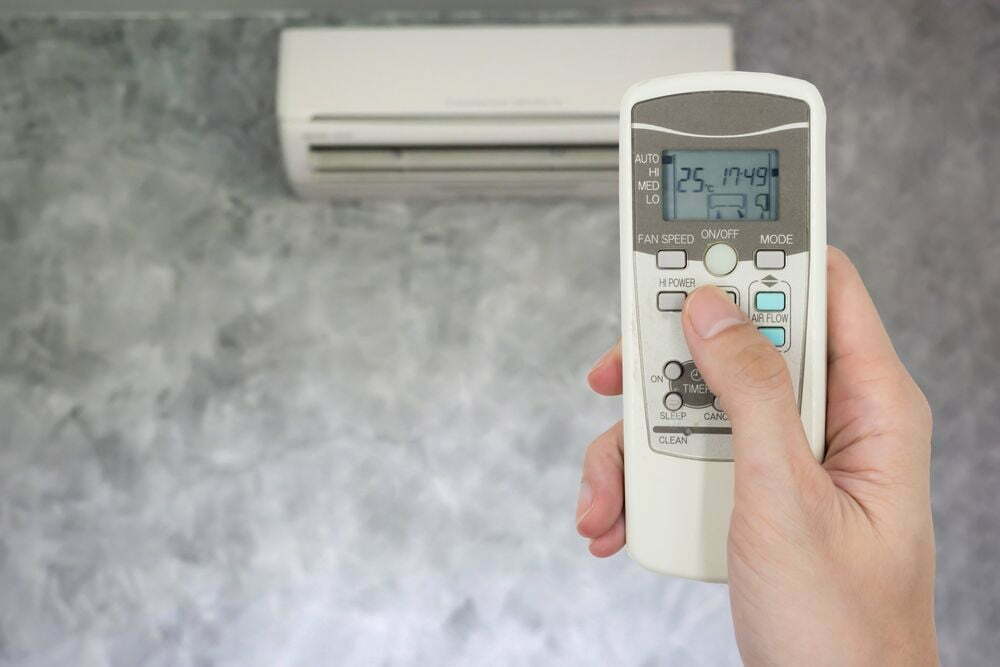
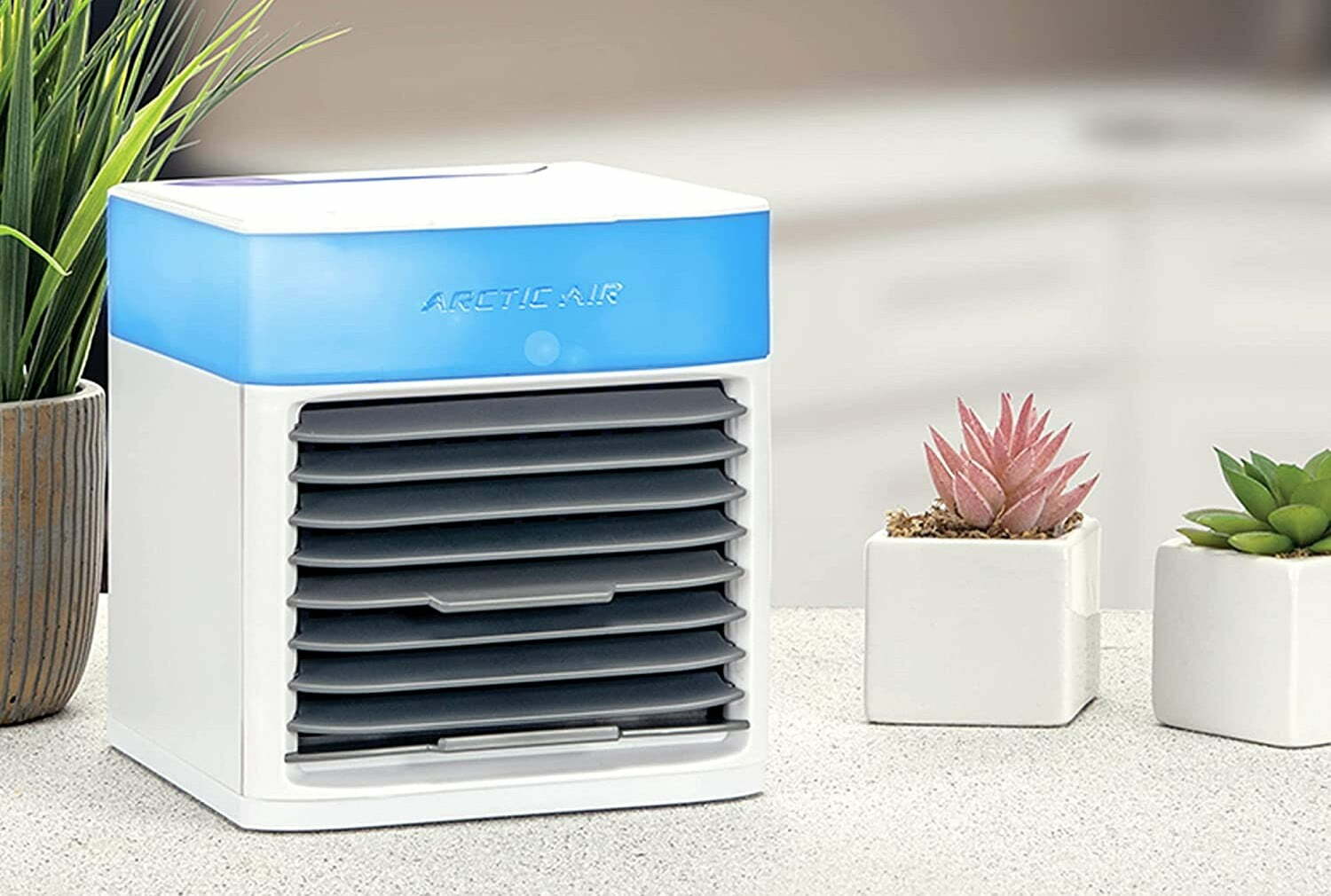
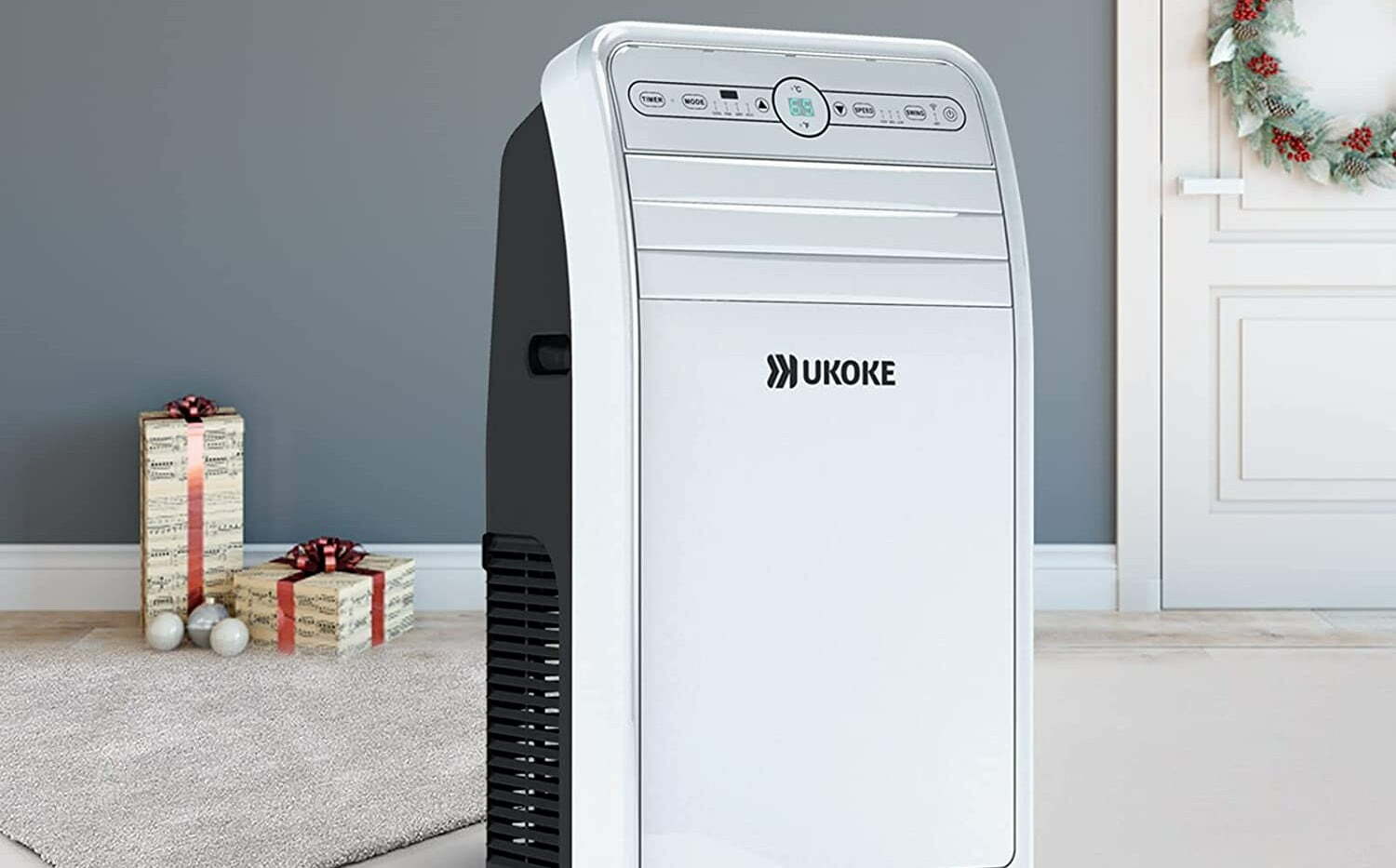
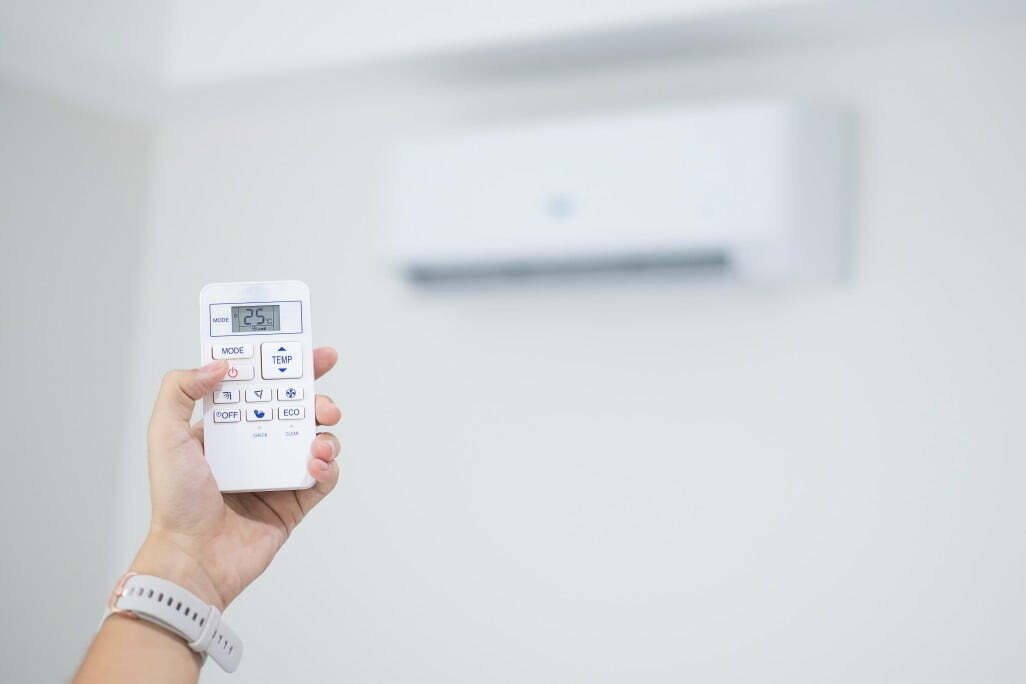
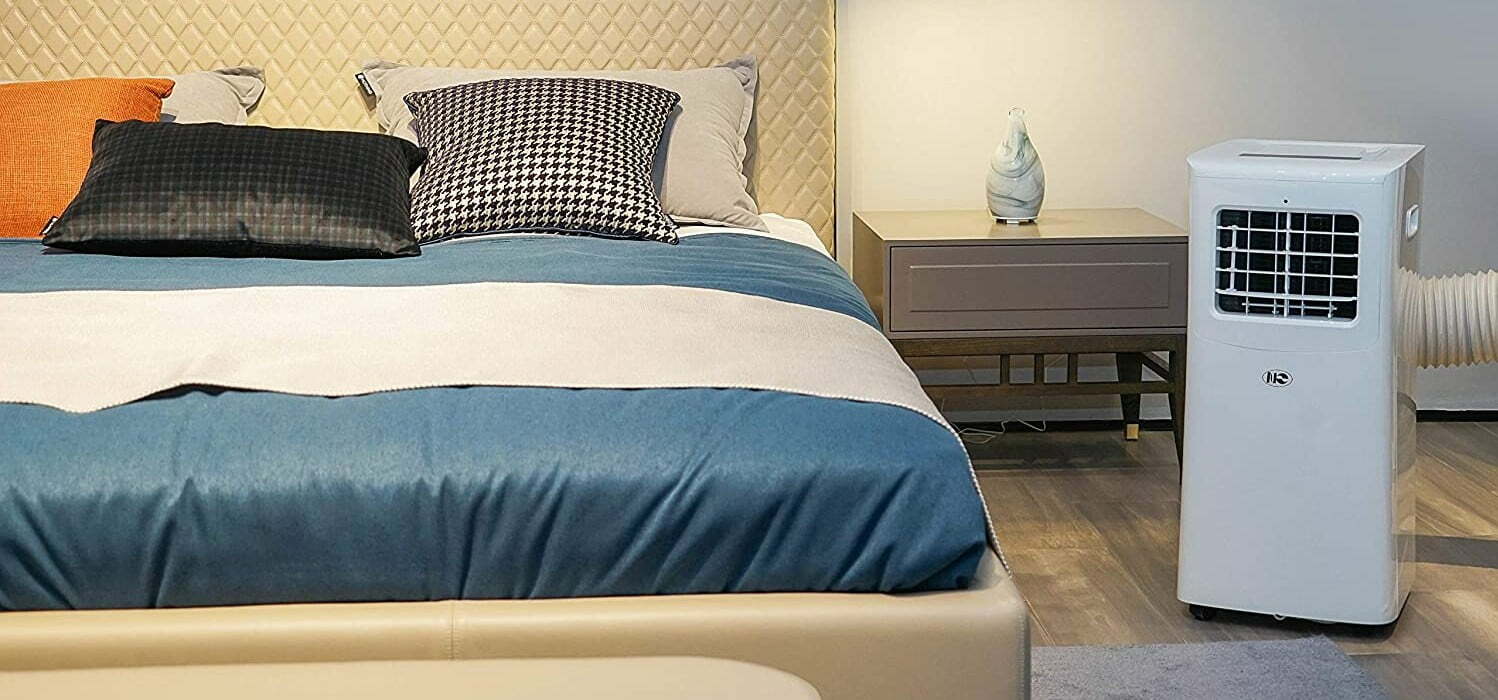
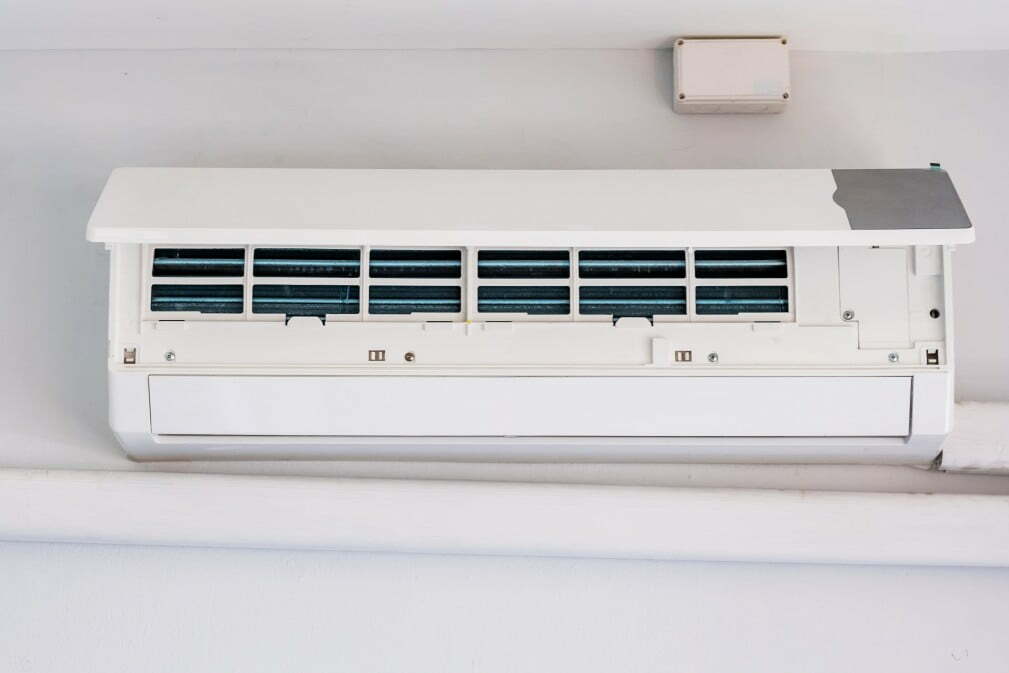
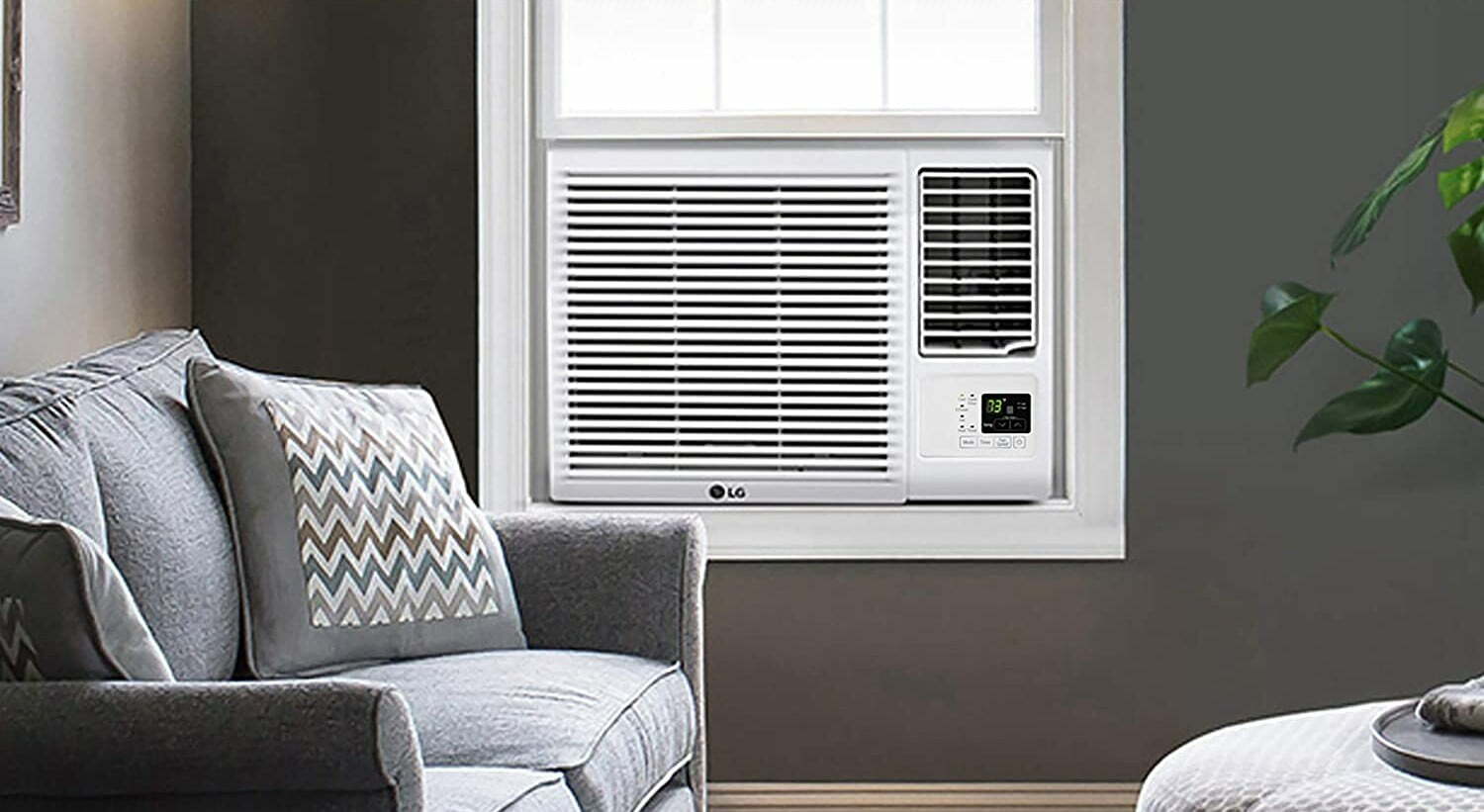
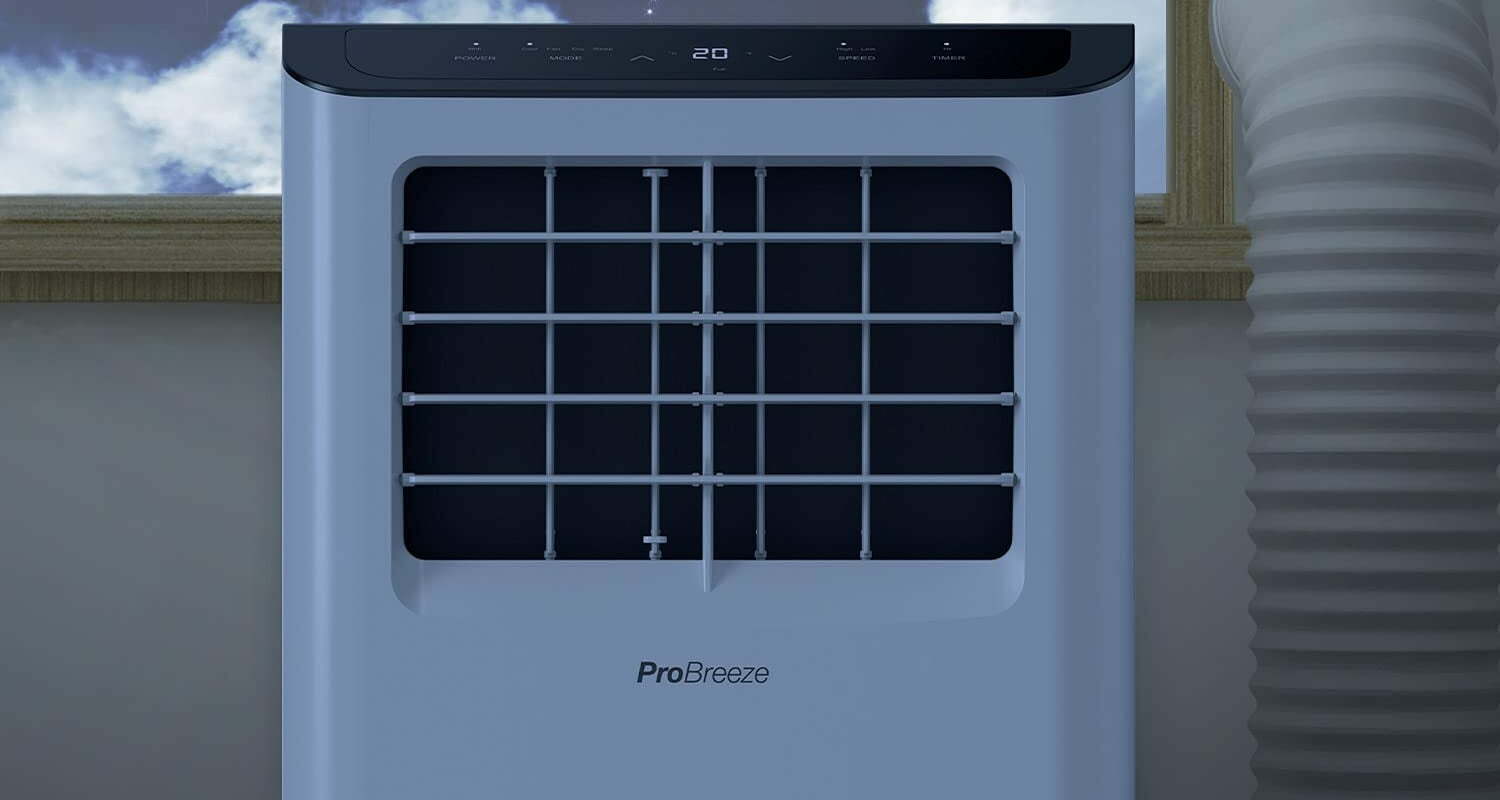

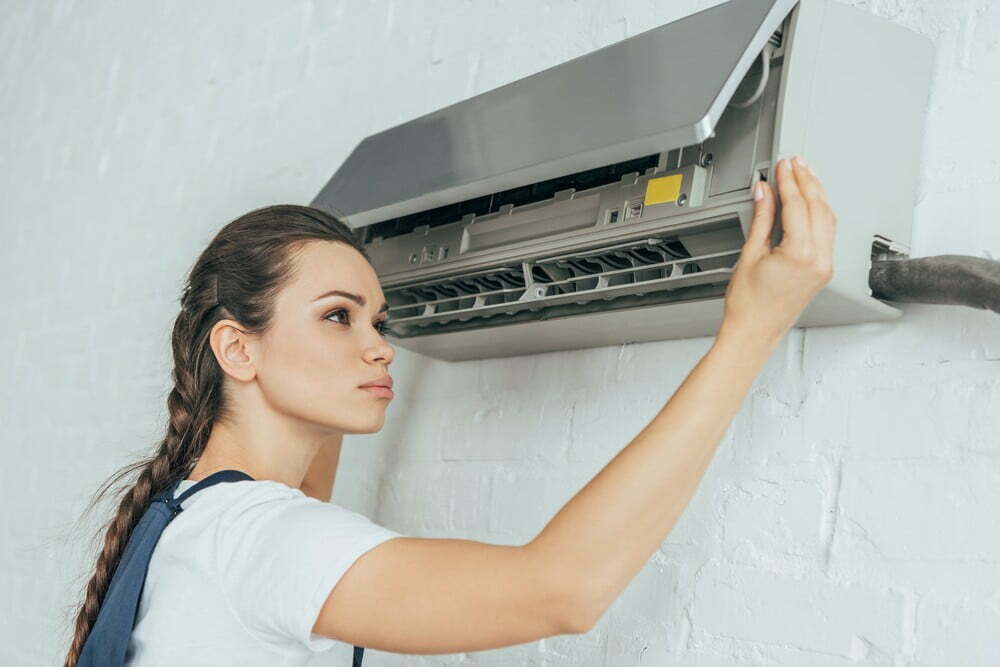
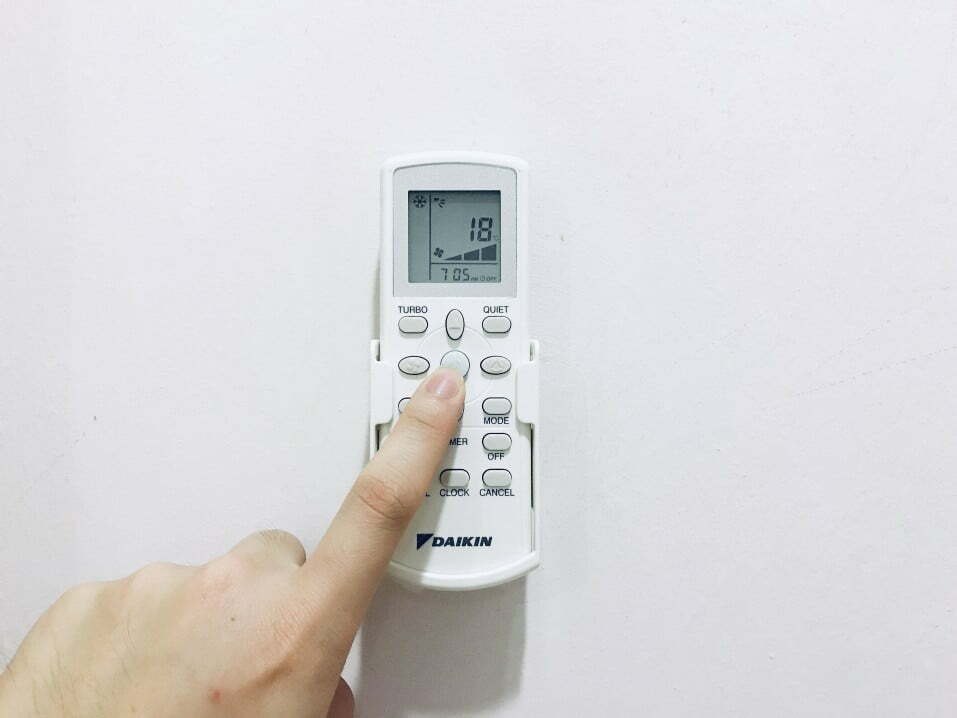
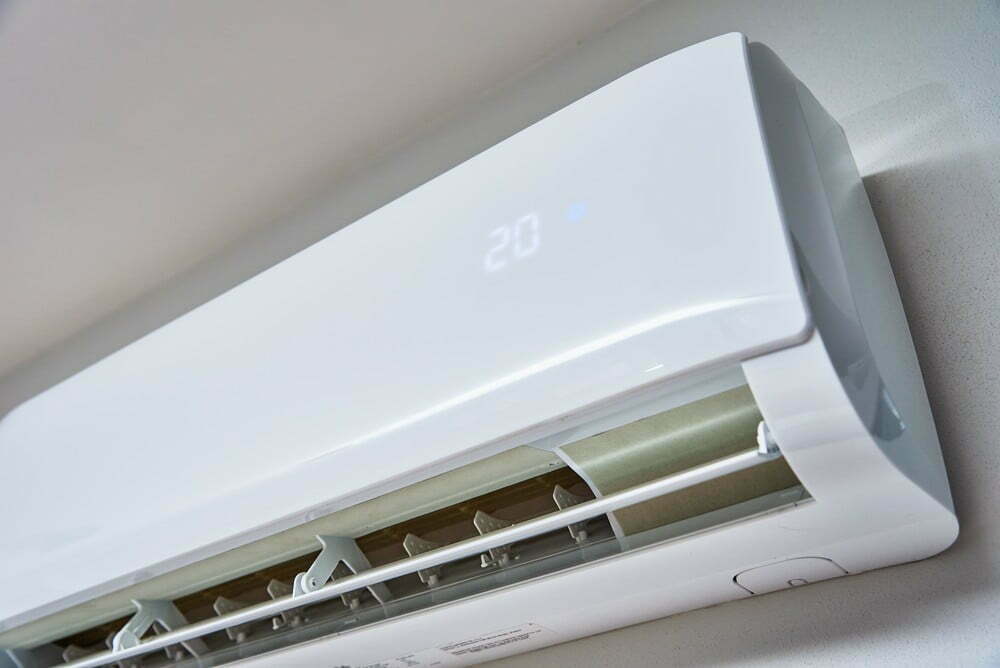
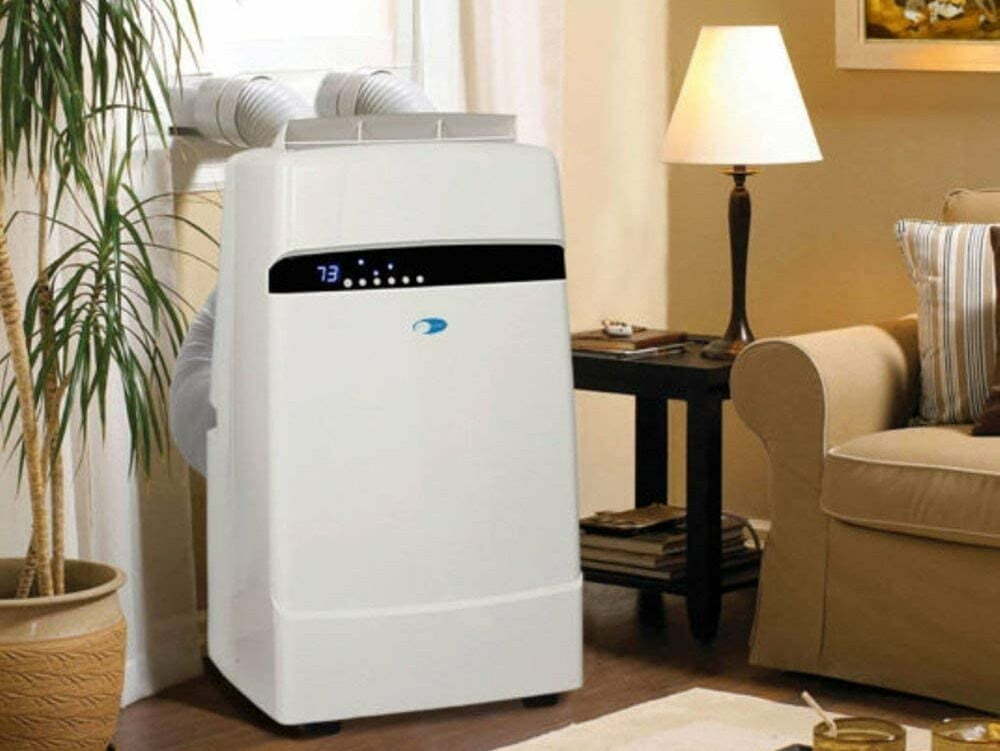
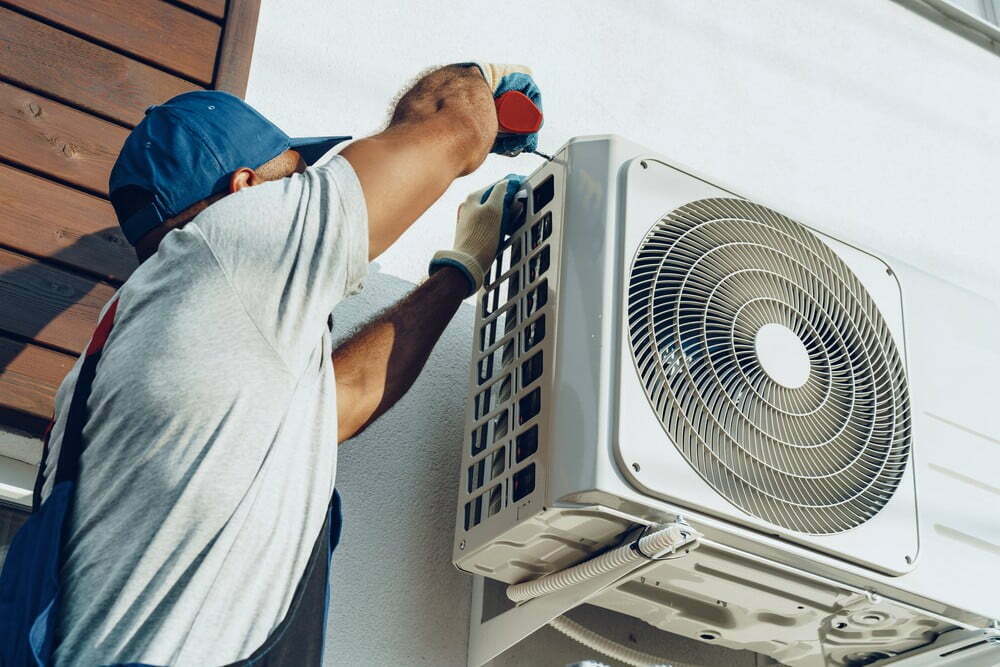
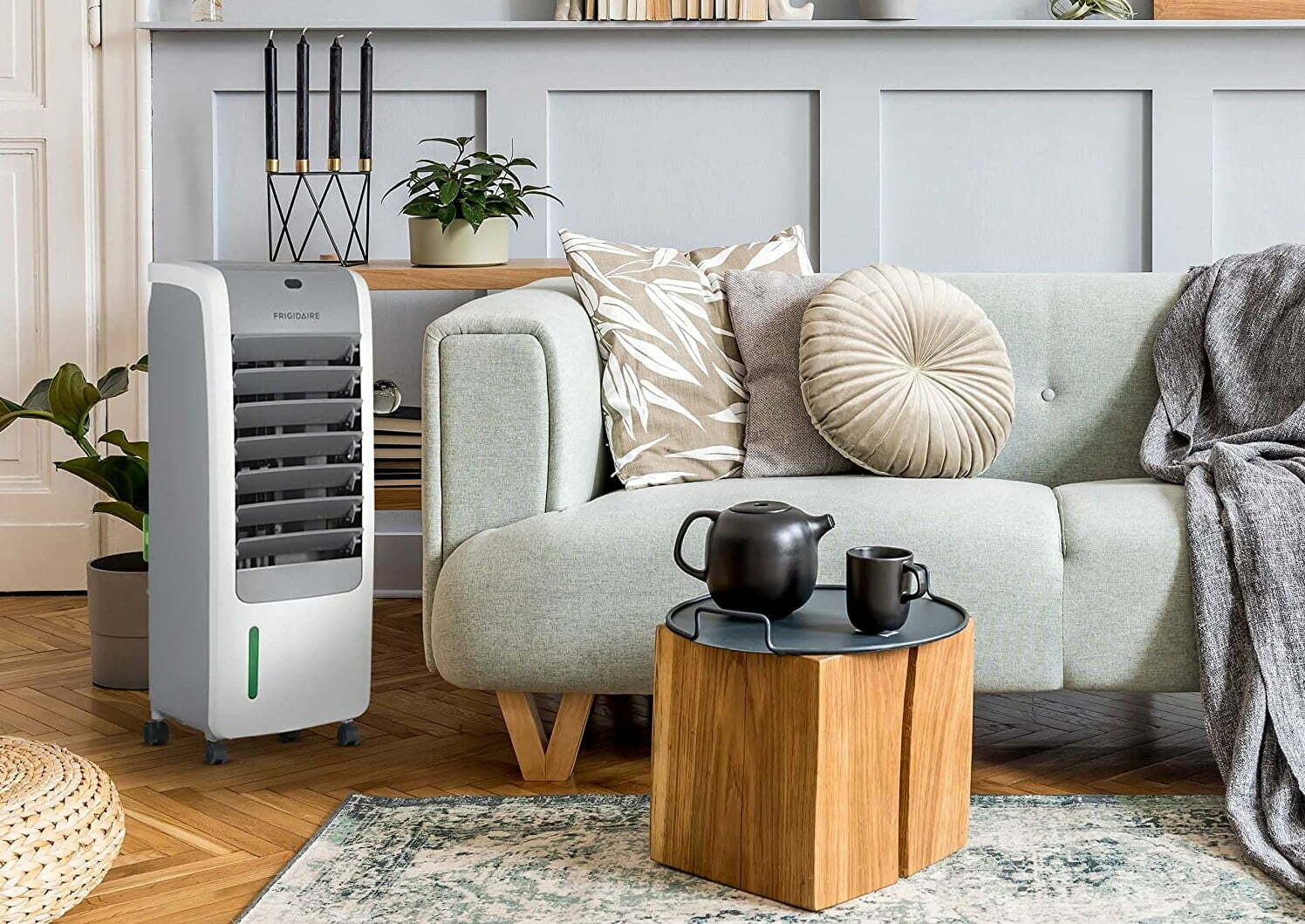
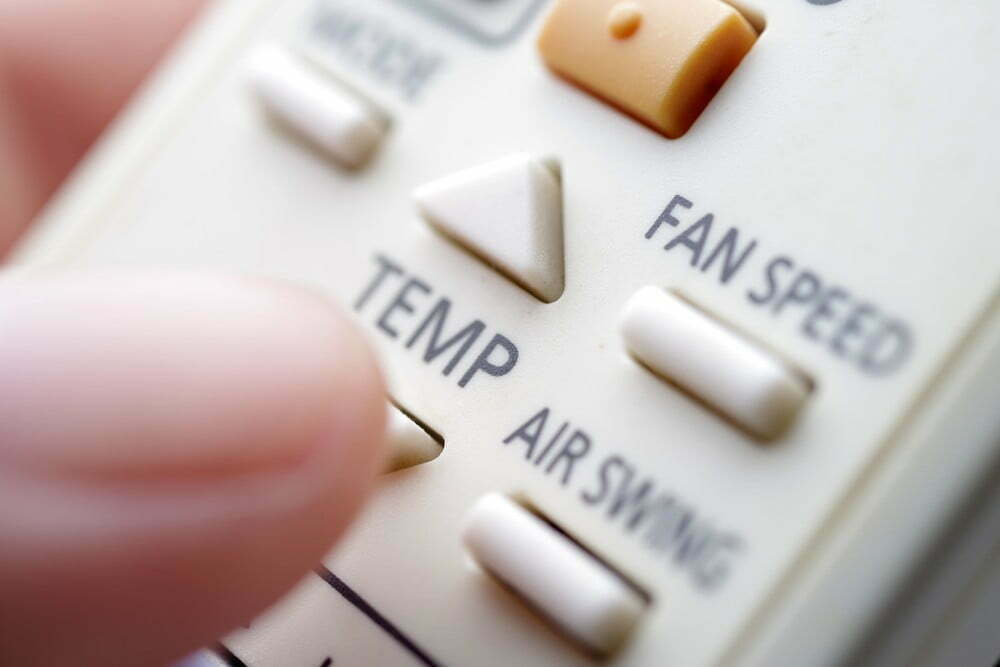
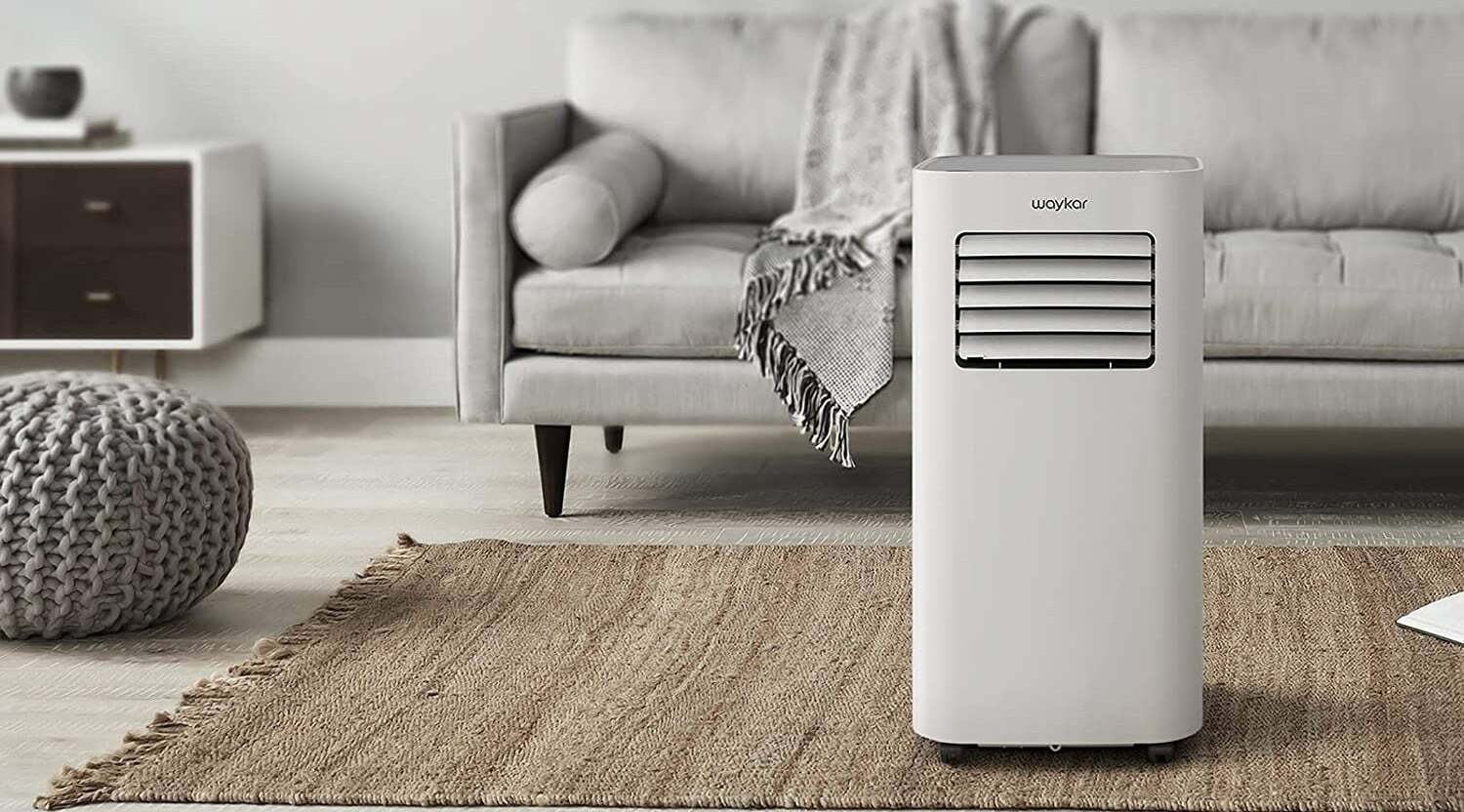
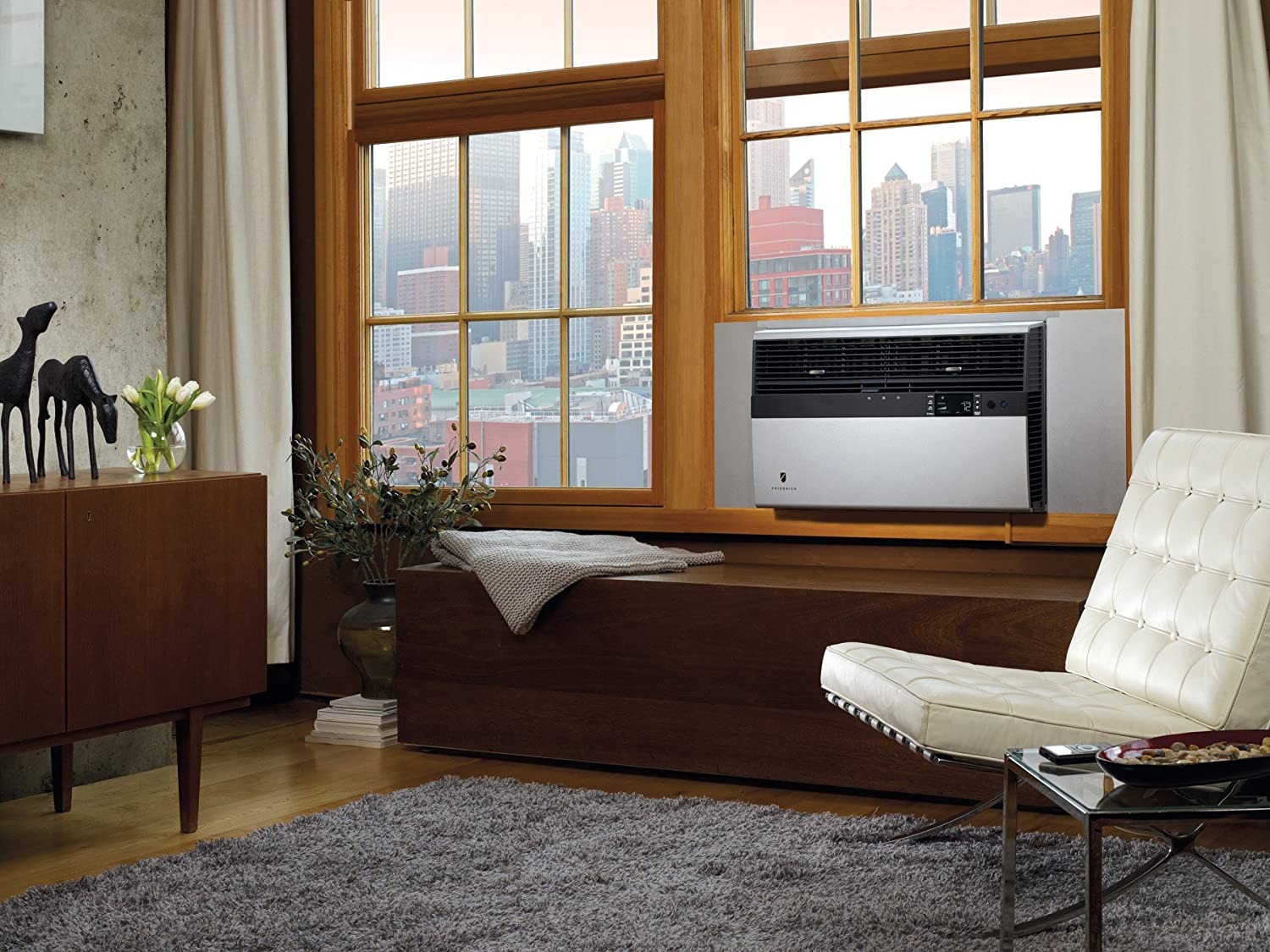
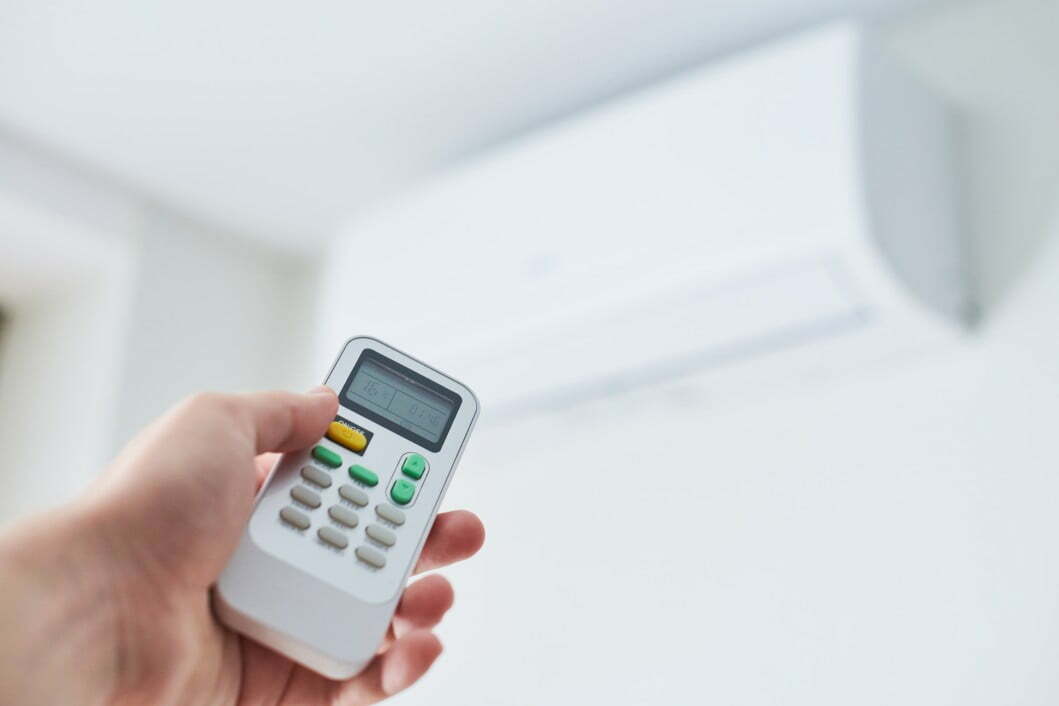
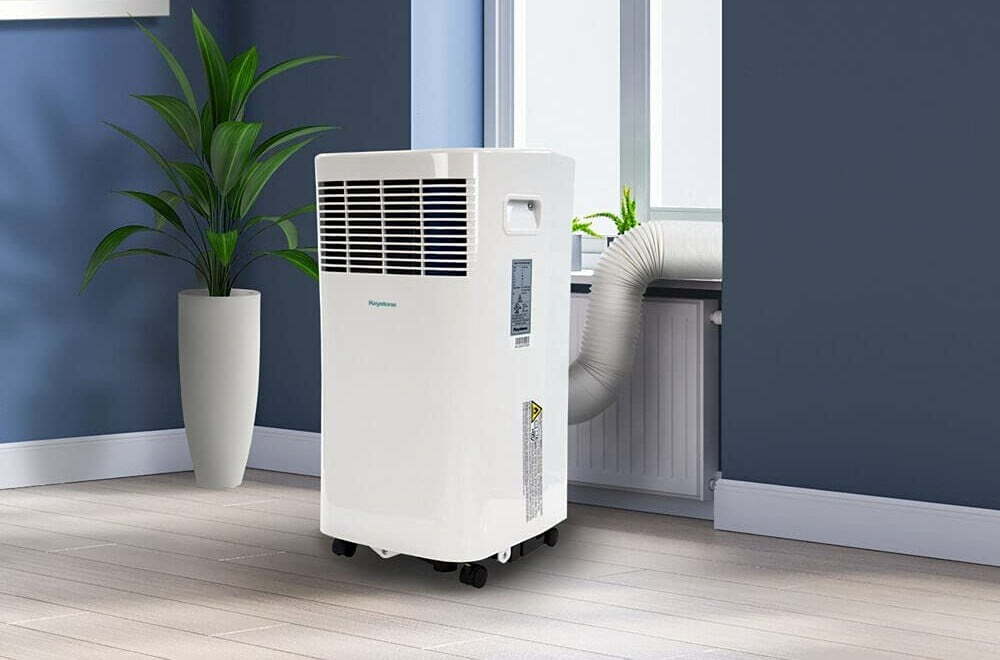
![Best Air Conditioners in [year] ([month] Reviews) 31 Best Air Conditioners in 2026 (January Reviews)](https://www.gadgetreview.dev/wp-content/uploads/best-air-conditioners-image.jpg)
![Quietest Through The Wall Air Conditioners in [year] 32 Quietest Through The Wall Air Conditioners in 2026](https://www.gadgetreview.dev/wp-content/uploads/quietest-through-the-wall-air-conditioner-image.jpg)
![Best 10000 BTU Air Conditioners in [year] 33 Best 10000 BTU Air Conditioners in 2026](https://www.gadgetreview.dev/wp-content/uploads/best-10000-btu-air-conditioner-image.jpg)
![Best 15000 BTU Air Conditioners in [year] 34 Best 15000 BTU Air Conditioners in 2026](https://www.gadgetreview.dev/wp-content/uploads/best-15000-btu-air-conditioner-image.jpg)
![Best 15000 BTU Window Air Conditioners in [year] 35 Best 15000 BTU Window Air Conditioners in 2026](https://www.gadgetreview.dev/wp-content/uploads/best-15000-btu-window-air-conditioner-image.jpg)
![Best 12000 BTU Air Conditioners in [year] 36 Best 12000 BTU Air Conditioners in 2026](https://www.gadgetreview.dev/wp-content/uploads/best-12000-btu-air-conditioner-image.jpg)
![Best Photocatalytic Oxidation Air Purifiers in [year] 37 Best Photocatalytic Oxidation Air Purifiers in 2026](https://www.gadgetreview.dev/wp-content/uploads/best-photocatalytic-oxidation-air-purifier-image.jpg)
![Best Ventless Portable Air Conditioners in [year] 38 Best Ventless Portable Air Conditioners in 2026](https://www.gadgetreview.dev/wp-content/uploads/best-ventless-portable-air-conditioner-image.jpg)
![Best Window Air Conditioners with Heat in [year] 39 Best Window Air Conditioners with Heat in 2026](https://www.gadgetreview.dev/wp-content/uploads/best-window-air-conditioner-with-heat-image.jpg)
![Best Inverter Air Conditioners in [year] 40 Best Inverter Air Conditioners in 2026](https://www.gadgetreview.dev/wp-content/uploads/best-inverter-ac-image.jpg)
![Best HEPA Air Purifiers in [year] 41 Best HEPA Air Purifiers in 2026](https://www.gadgetreview.dev/wp-content/uploads/best-hepa-air-purifier-image.jpg)
![Best Quiet Window Air Conditioners in [year] 42 Best Quiet Window Air Conditioners in 2026](https://www.gadgetreview.dev/wp-content/uploads/quiet-window-air-conditioner-image.jpg)
![Best Energy Efficient Window Air Conditioners in [year] 43 Best Energy Efficient Window Air Conditioners in 2026](https://www.gadgetreview.dev/wp-content/uploads/best-energy-efficient-window-air-conditioner-image.jpg)
![Best Quiet Portable Air Conditioners in [year] 44 Best Quiet Portable Air Conditioners in 2026](https://www.gadgetreview.dev/wp-content/uploads/quiet-portable-air-conditioner-image.jpg)
![Best 6000 BTU Air Conditioners in [year] 45 Best 6000 BTU Air Conditioners in 2026](https://www.gadgetreview.dev/wp-content/uploads/best-6000-btu-air-conditioner-image.jpg)
![Best 8000 BTU Air Conditioners in [year] 46 Best 8000 BTU Air Conditioners in 2026](https://www.gadgetreview.dev/wp-content/uploads/best-8000-btu-air-conditioner-image.jpg)
![Best Small Window Air Conditioner in [year] 47 Best Small Window Air Conditioner in 2026](https://www.gadgetreview.dev/wp-content/uploads/best-small-window-air-conditioner-image.jpg)
![Best 5000 BTU Air Conditioners in [year] 48 Best 5000 BTU Air Conditioners in 2026](https://www.gadgetreview.dev/wp-content/uploads/best-5000-btu-air-conditioner.jpg)
![Best Mini Split in [year] 49 Best Mini Split in 2026](https://www.gadgetreview.dev/wp-content/uploads/best-ductless-mini-split-air-conditioner-image.jpg)
![10 Best Portable Air Conditioners and Heaters in [year] 50 10 Best Portable Air Conditioners and Heaters in 2026](https://www.gadgetreview.dev/wp-content/uploads/best-portable-air-conditioner-and-heater-image.jpg)
